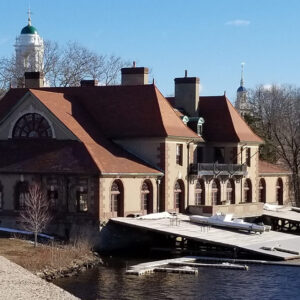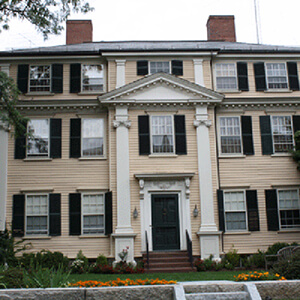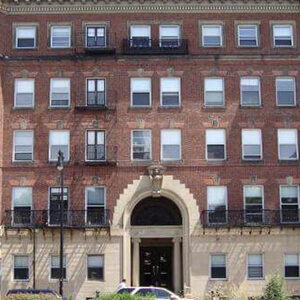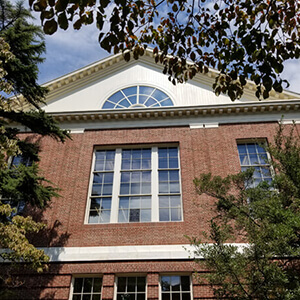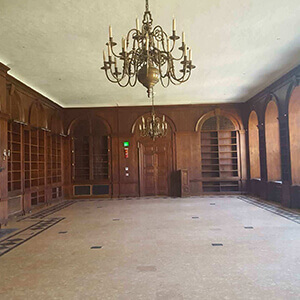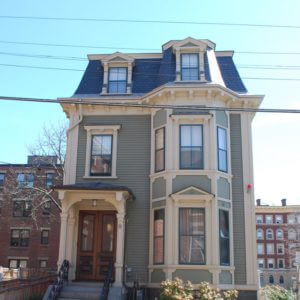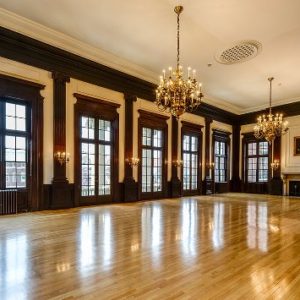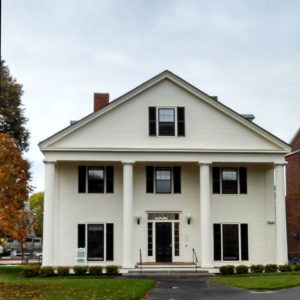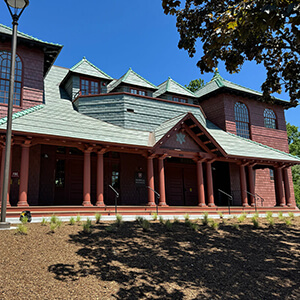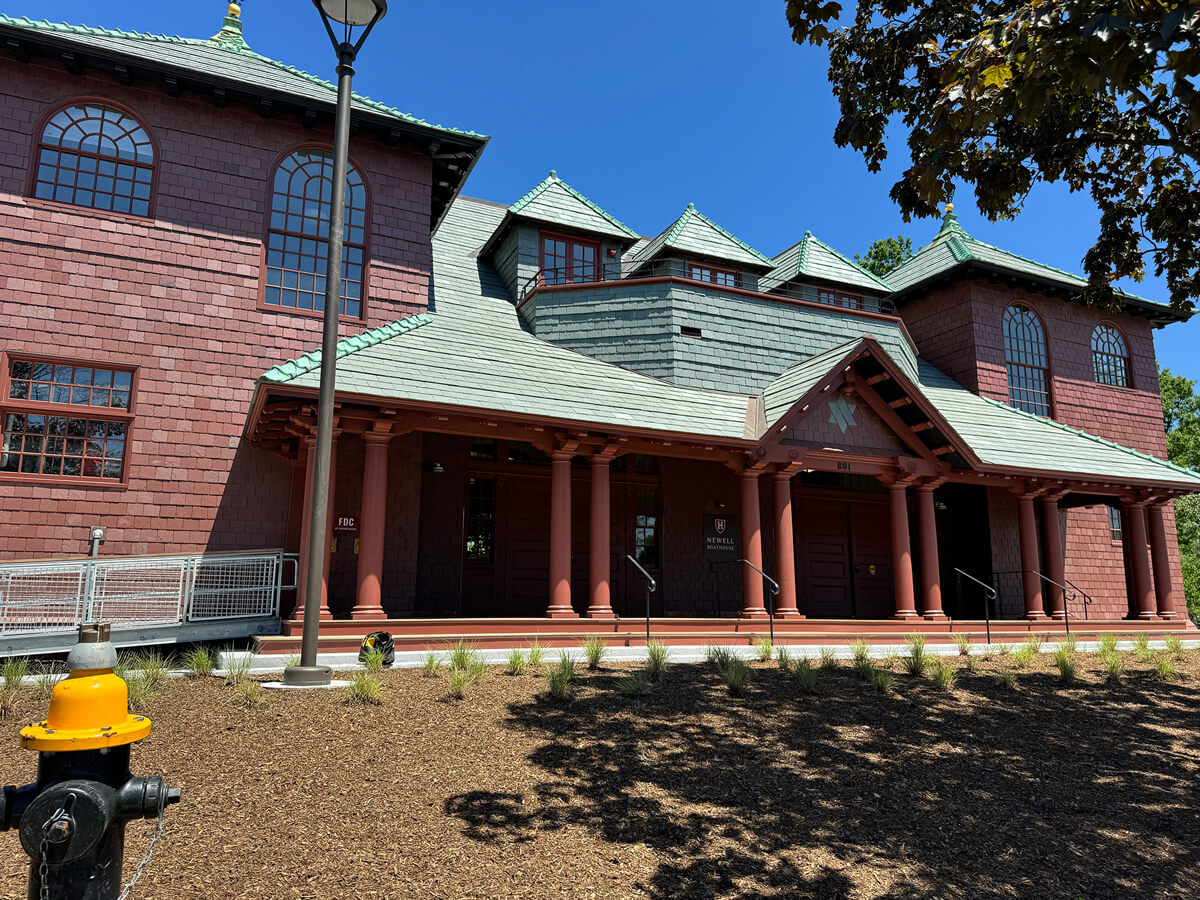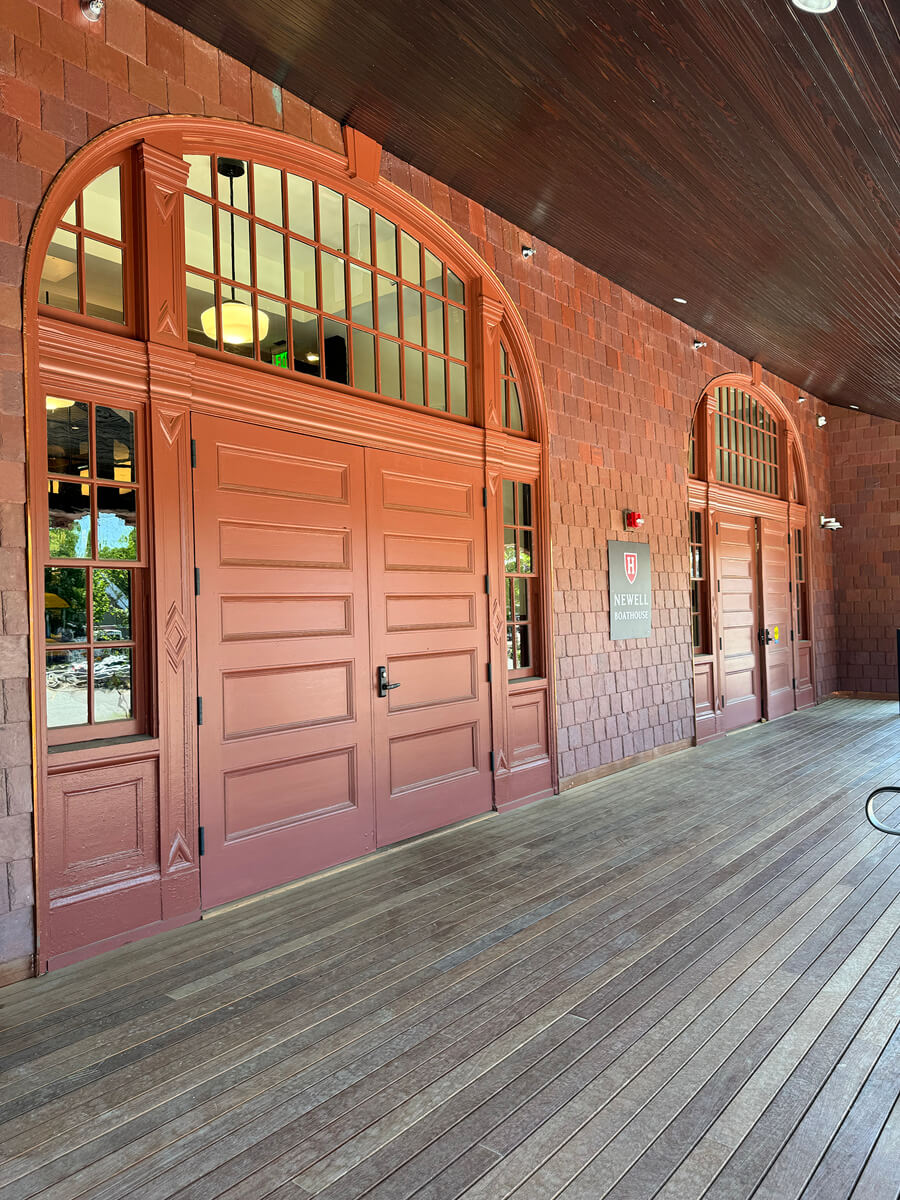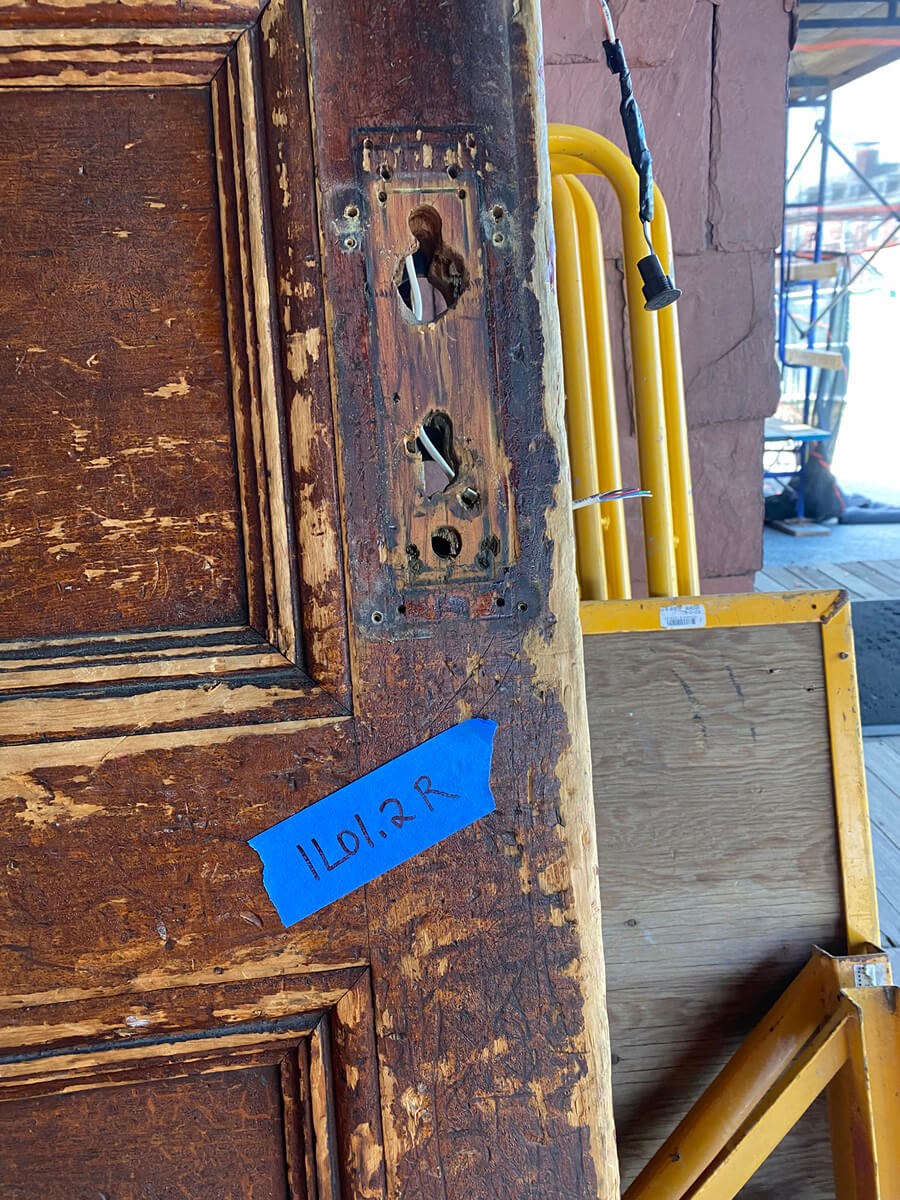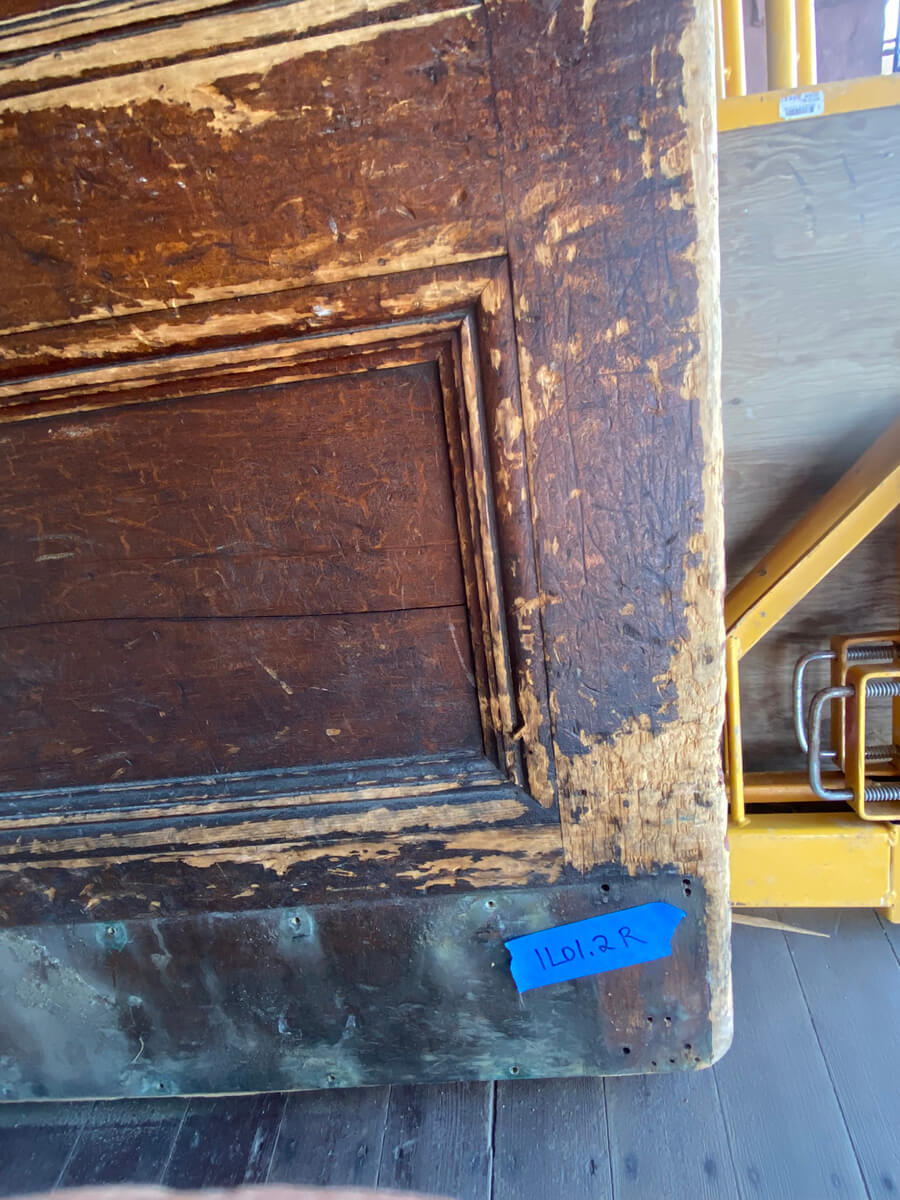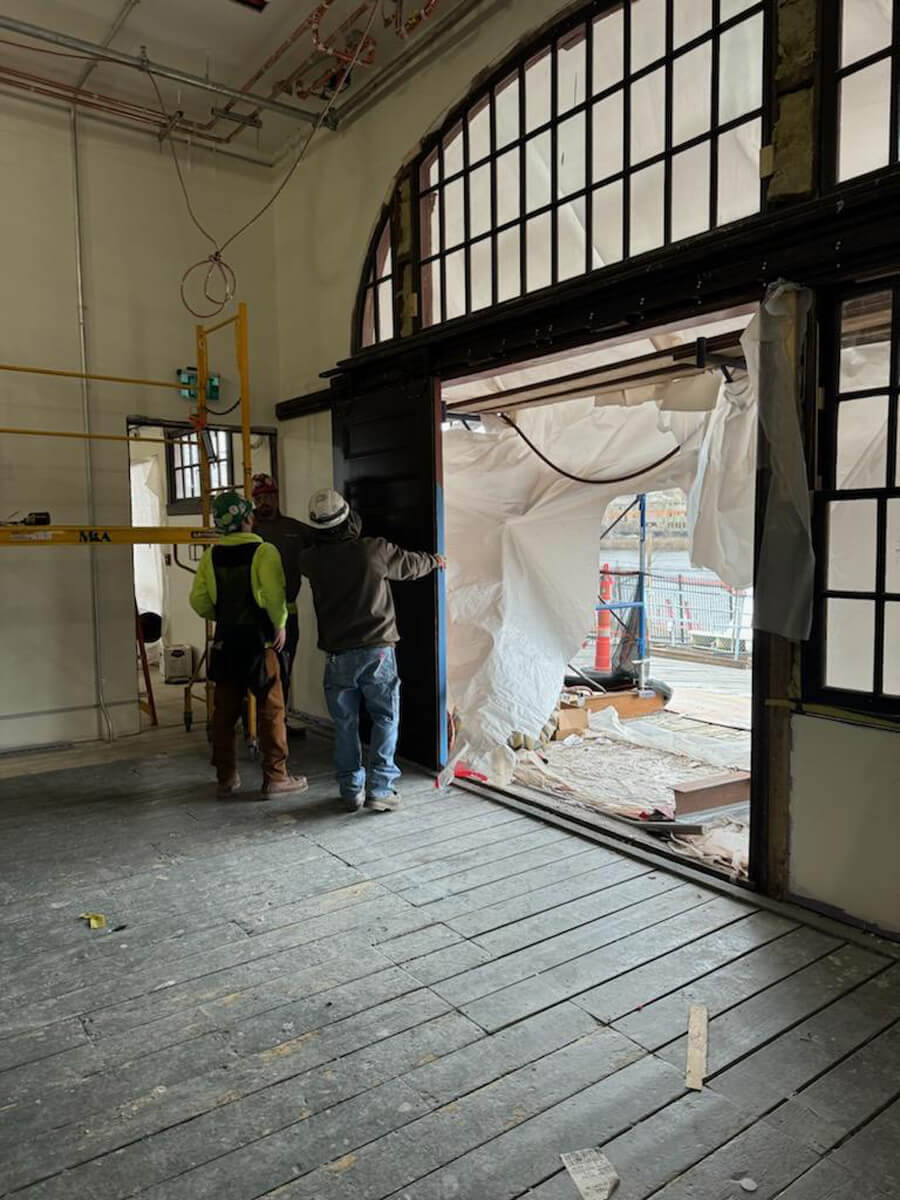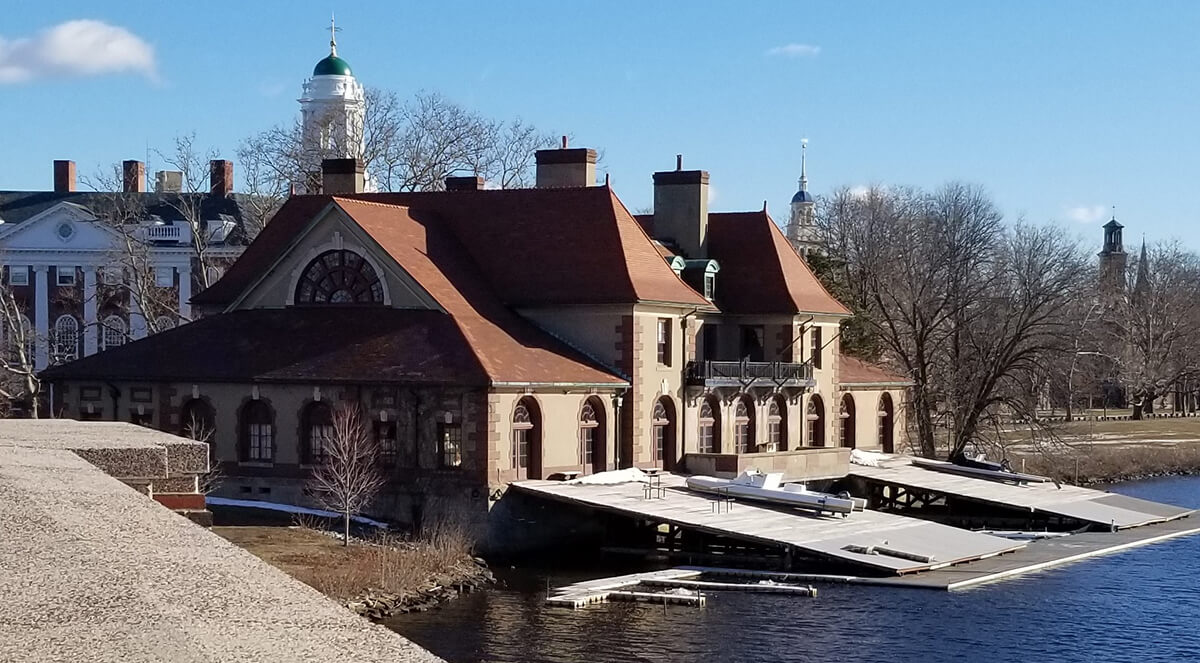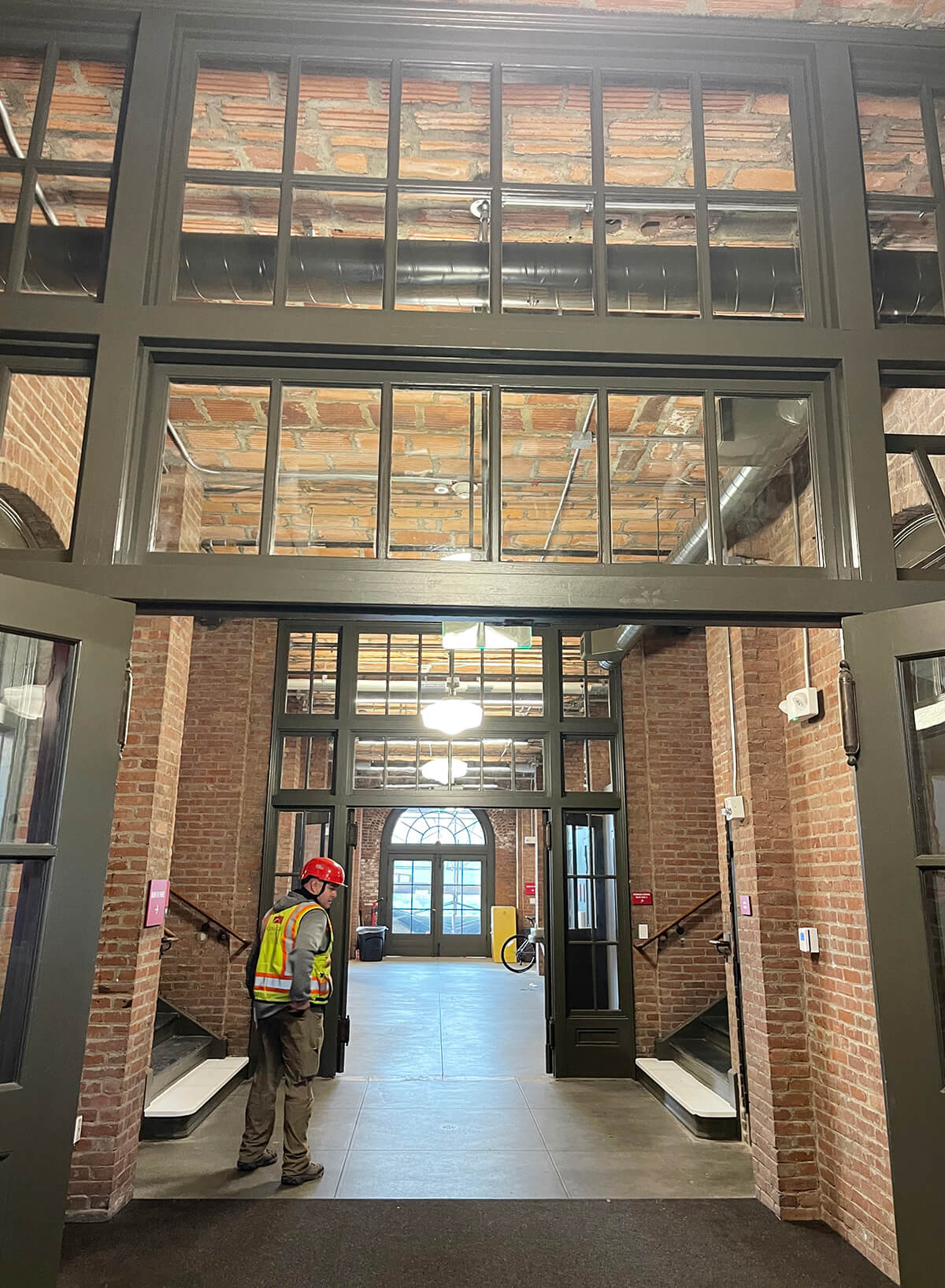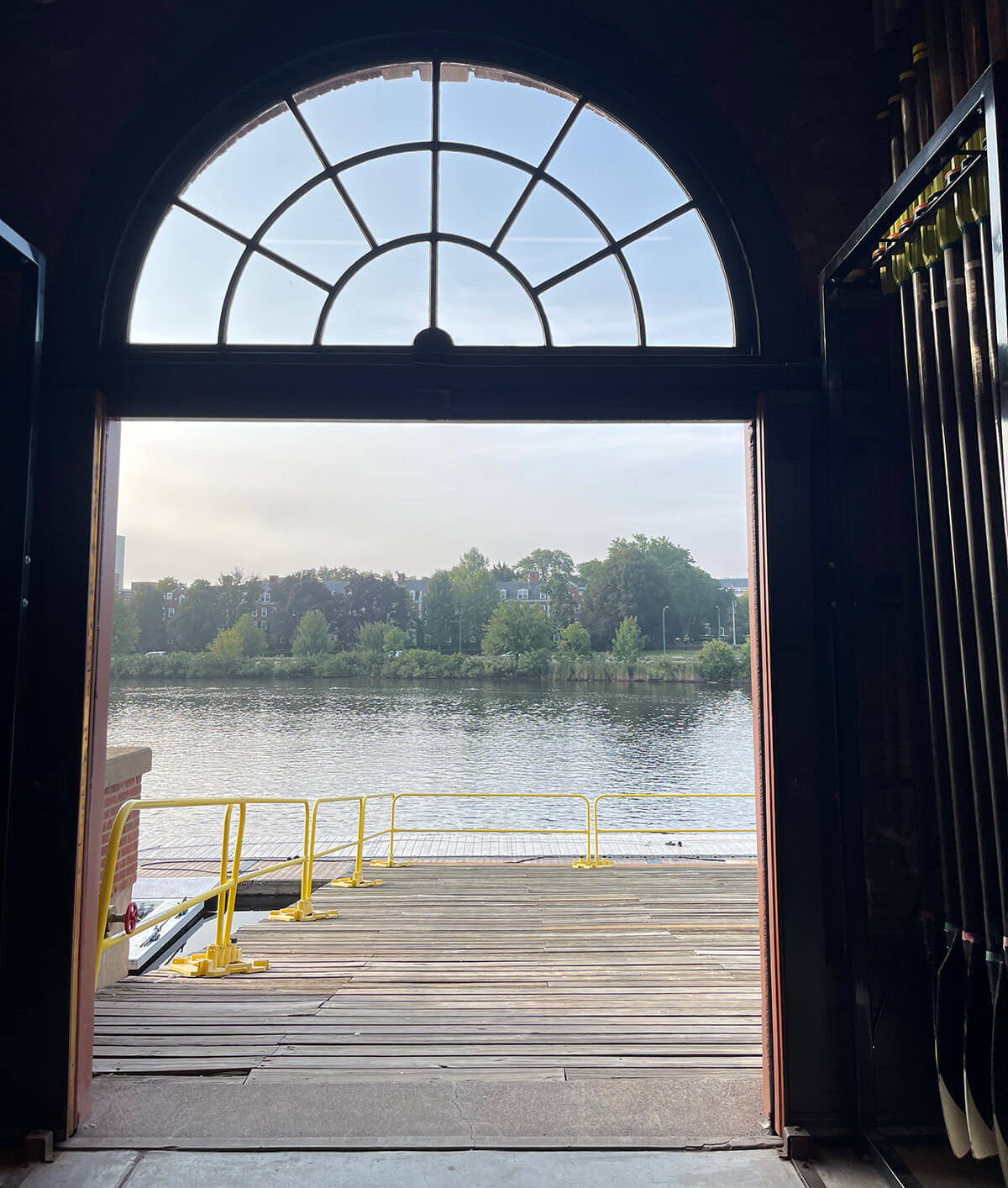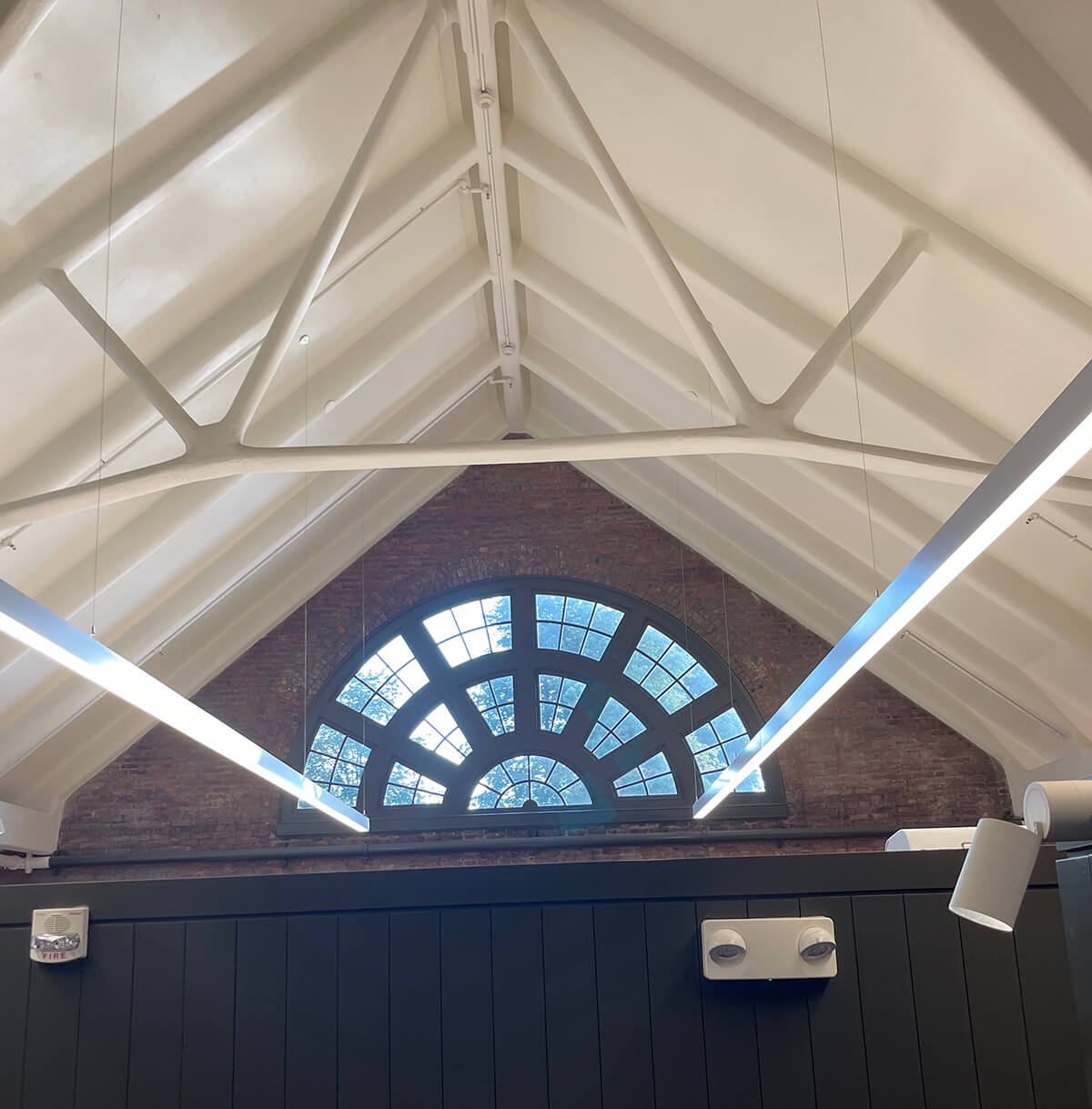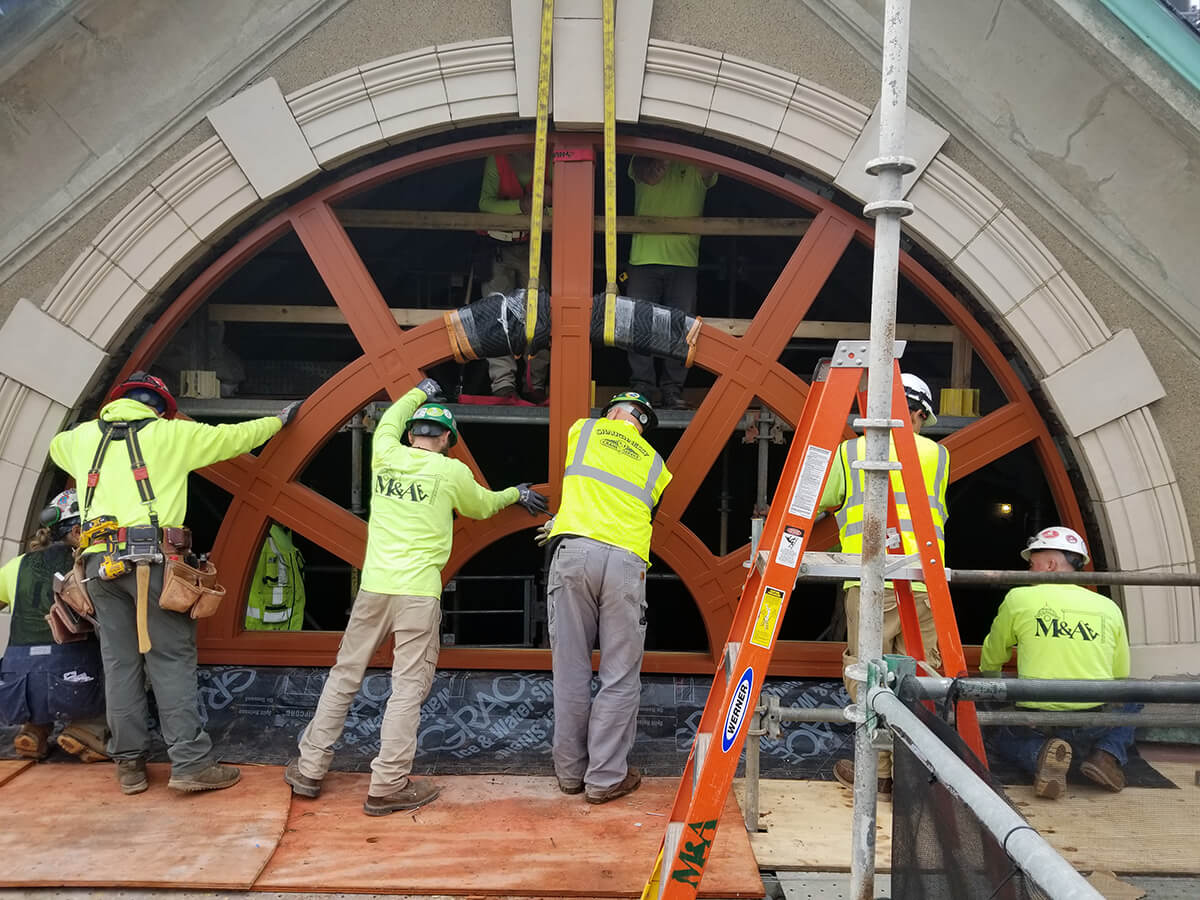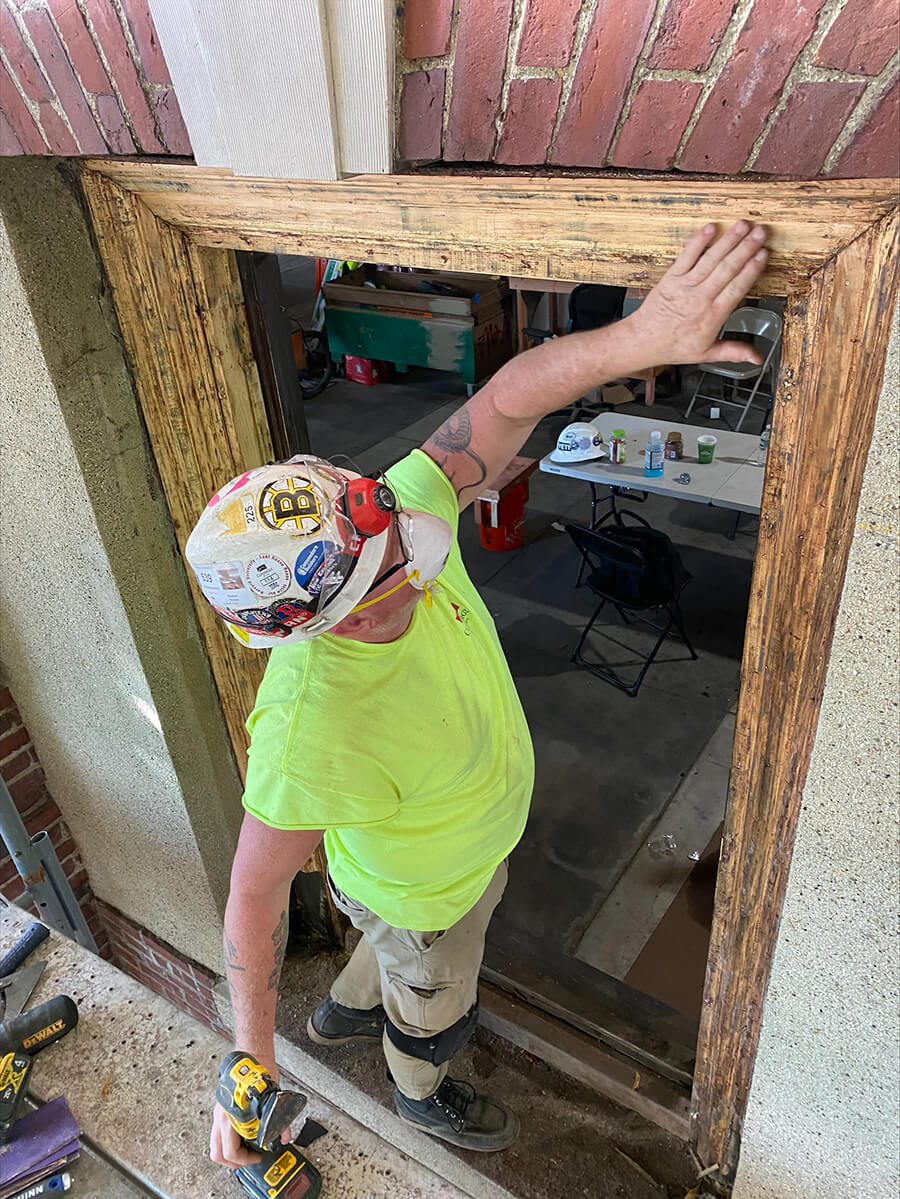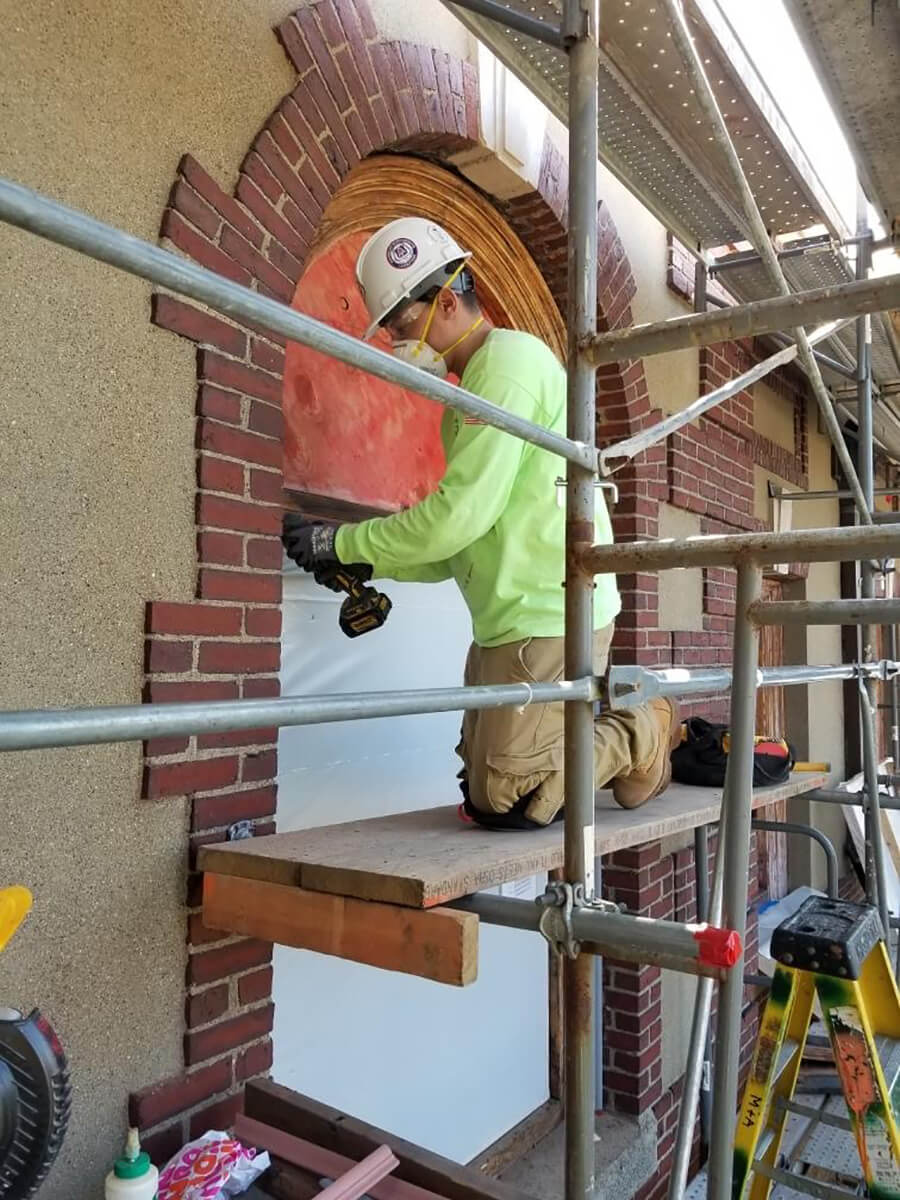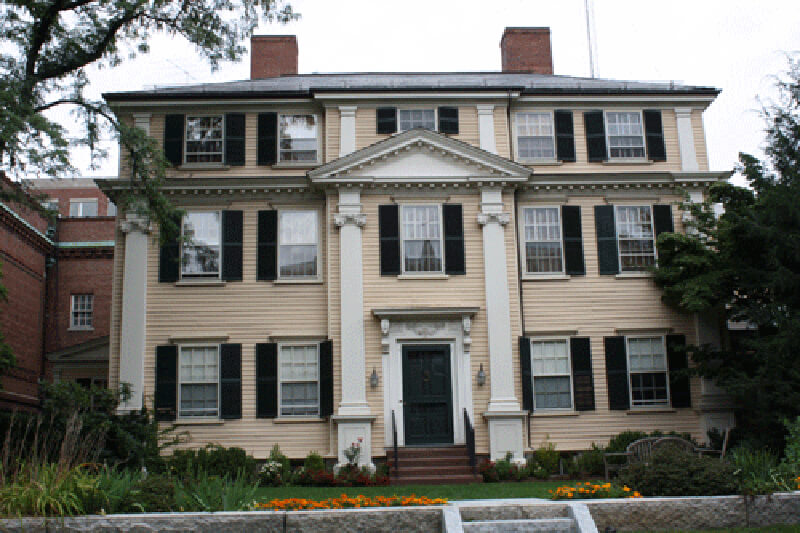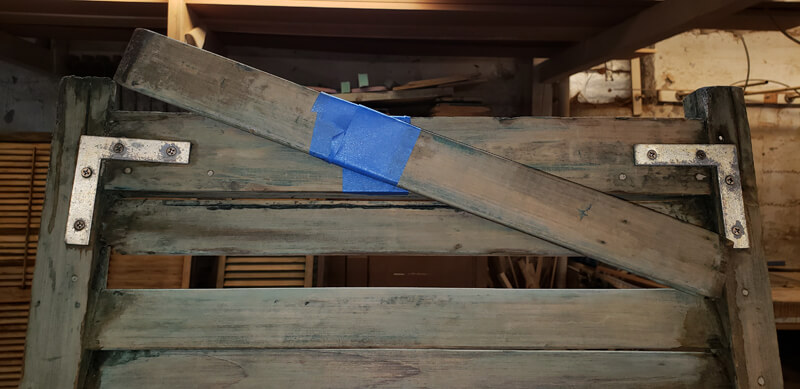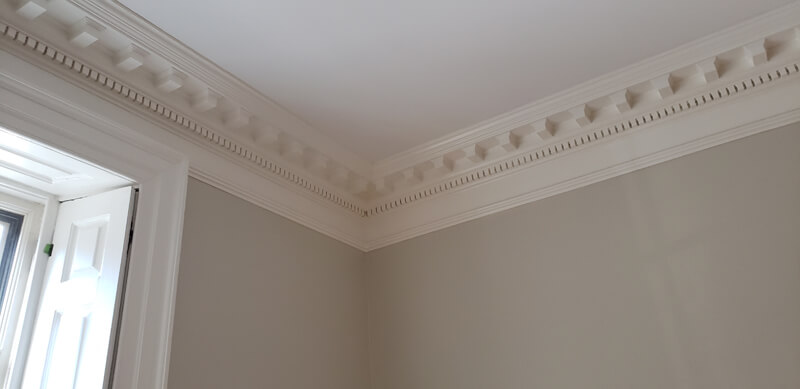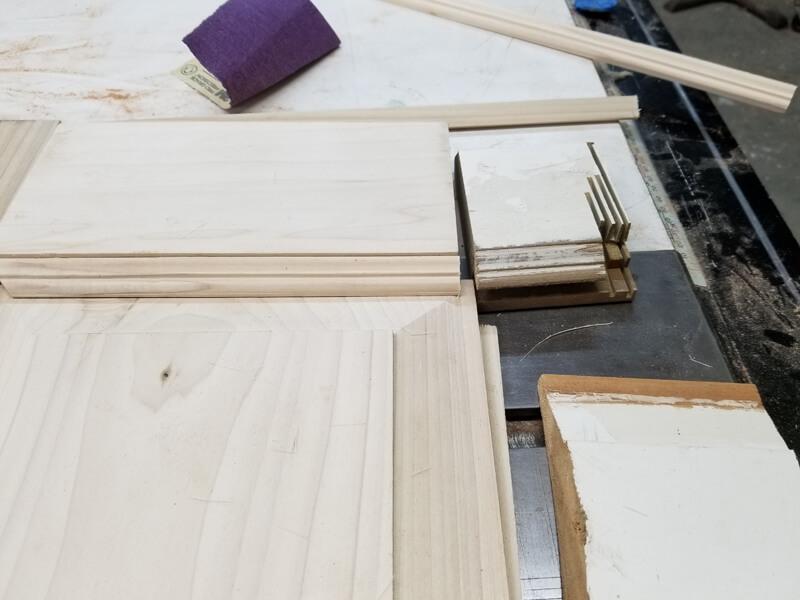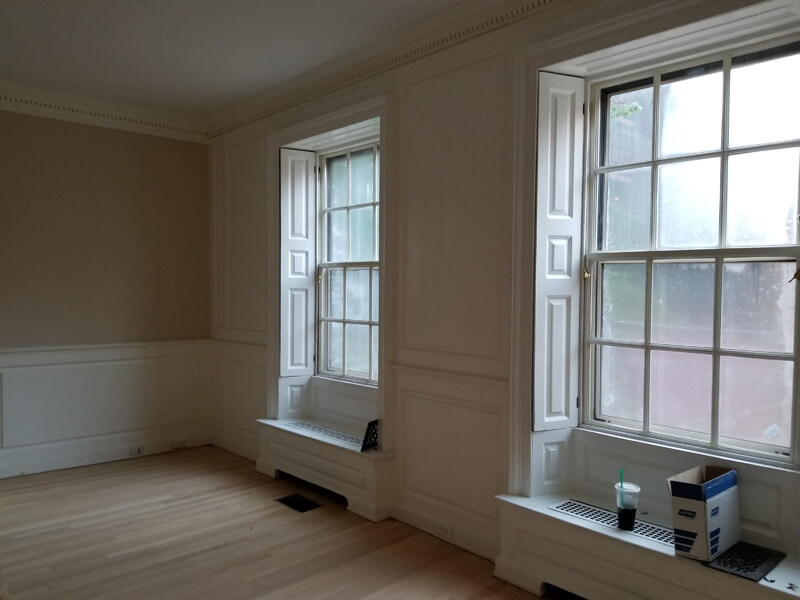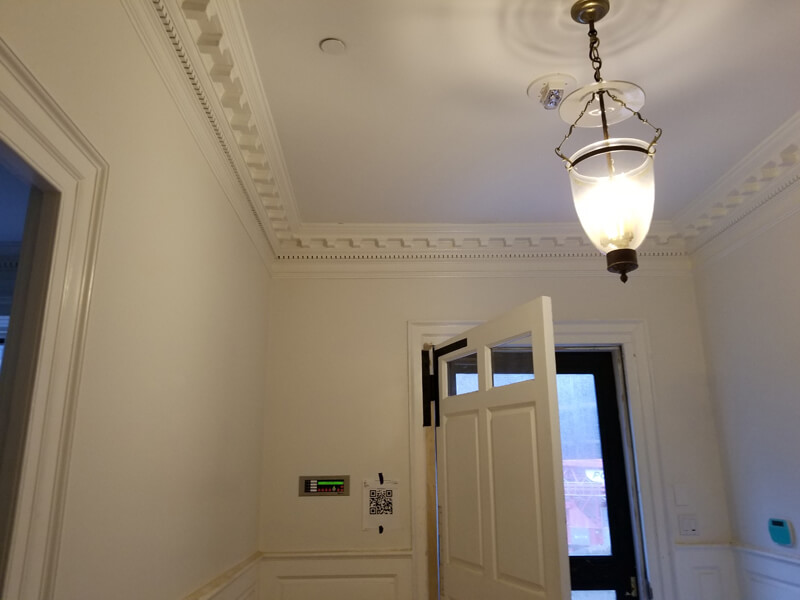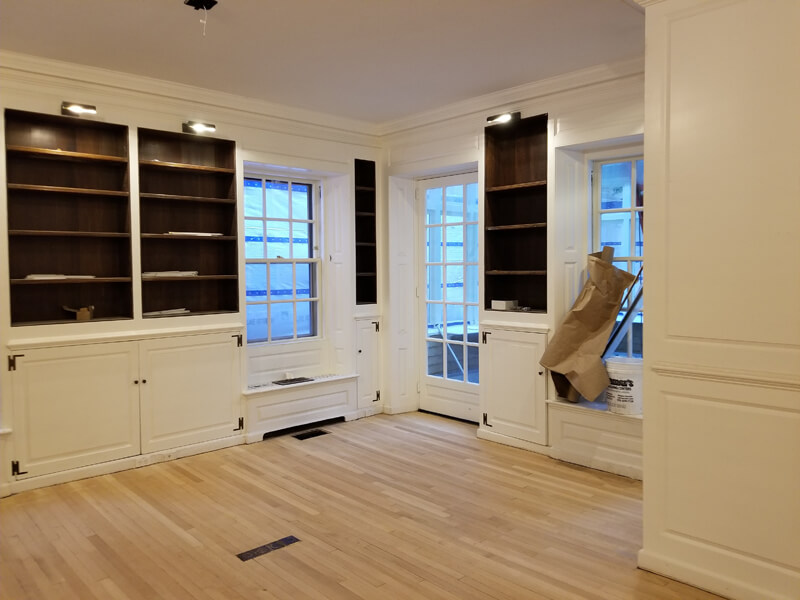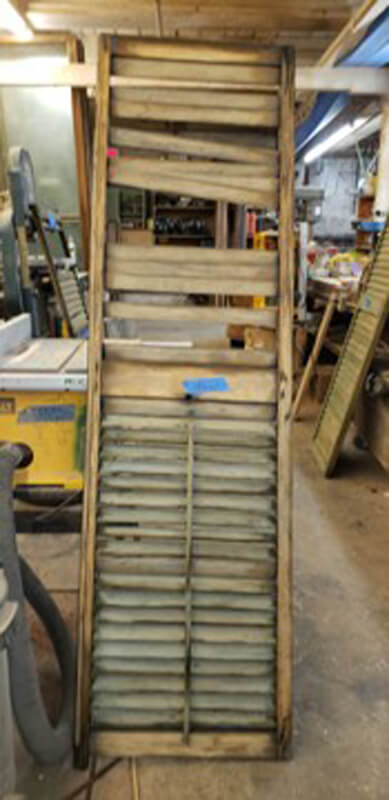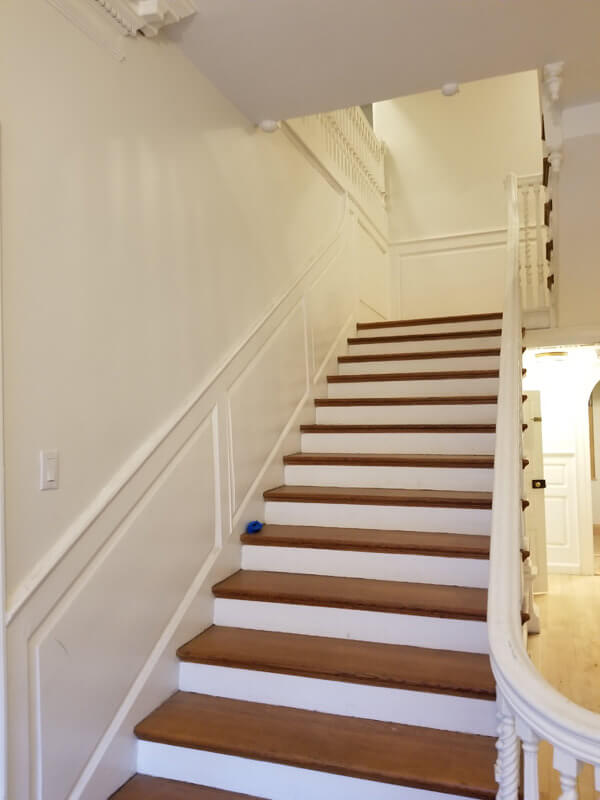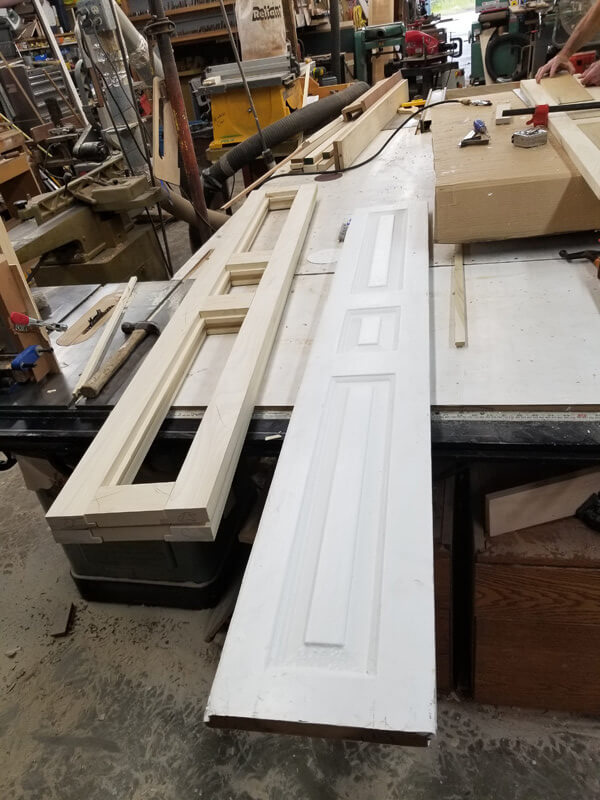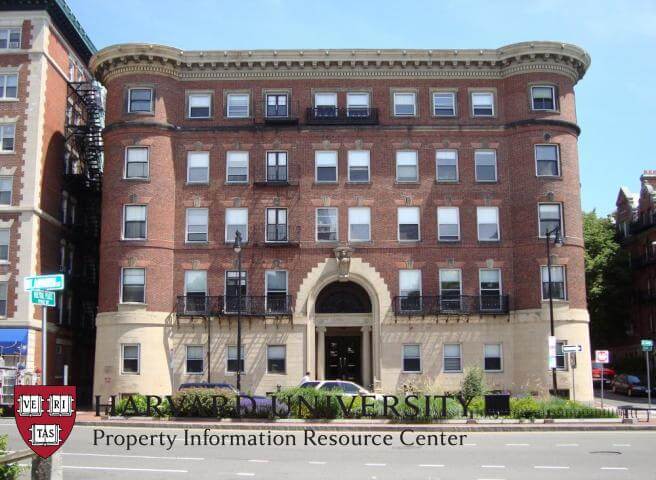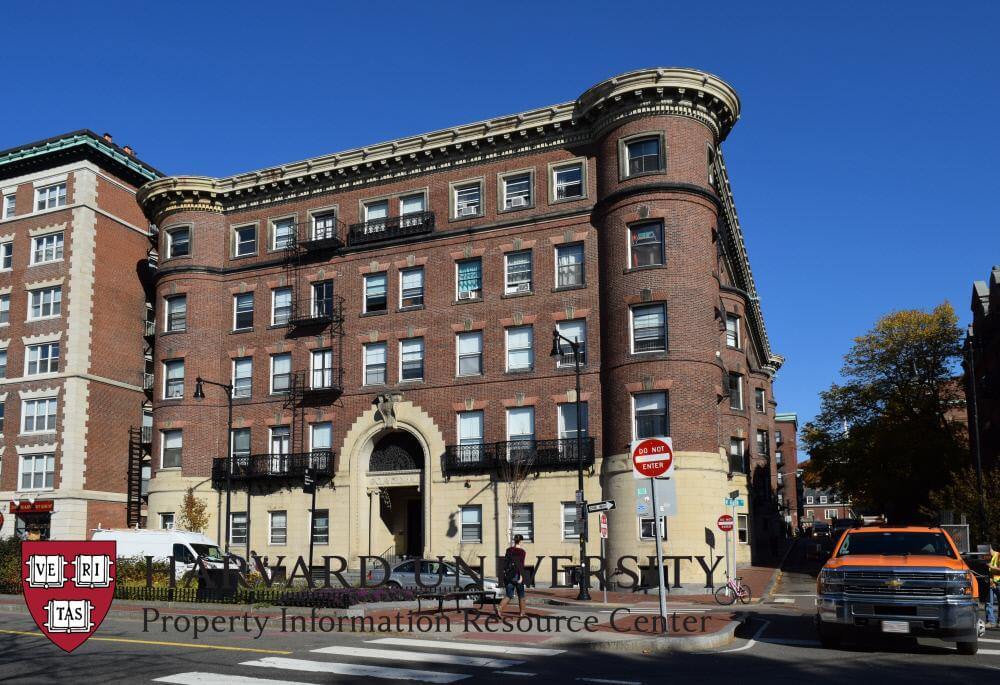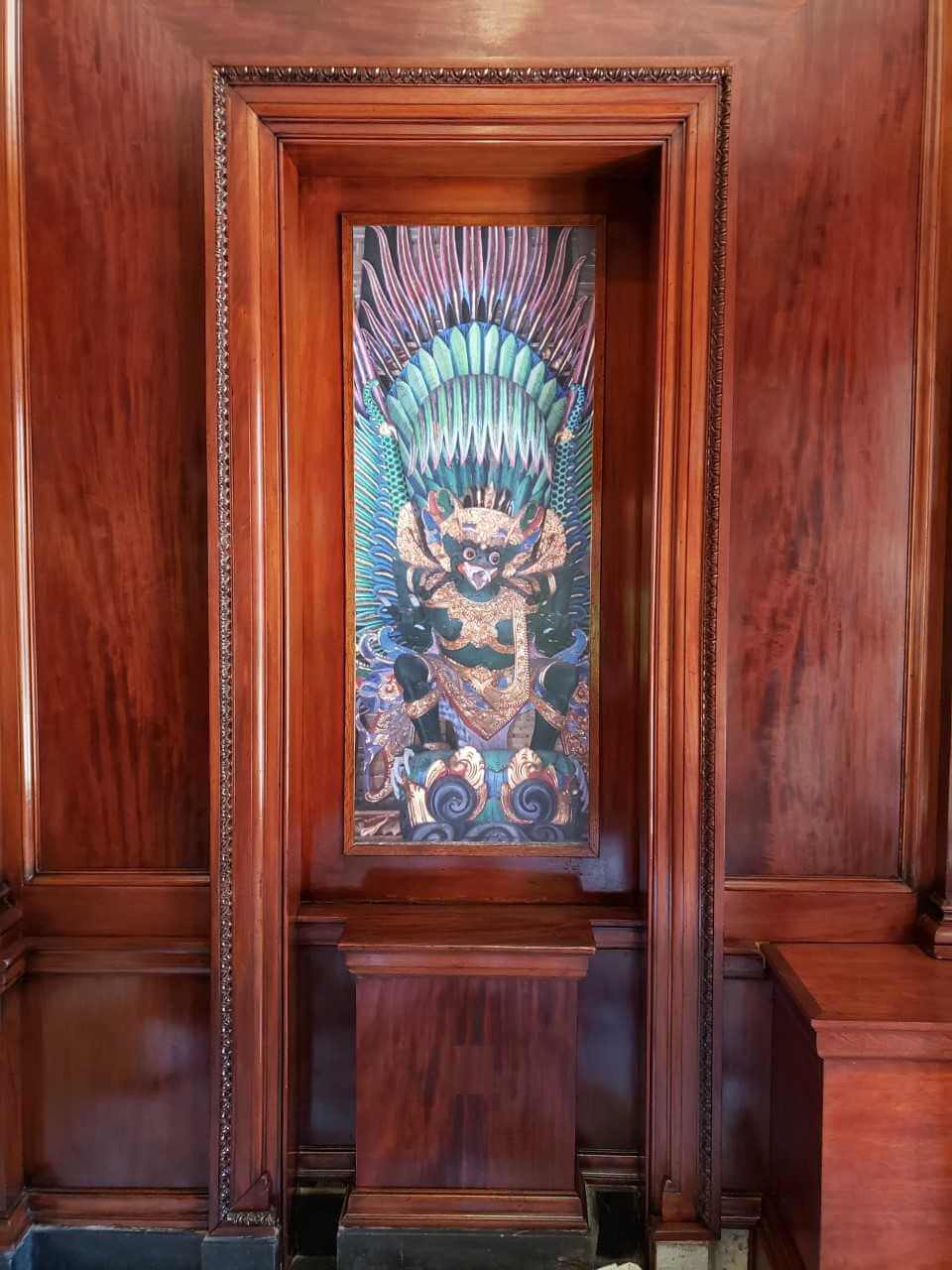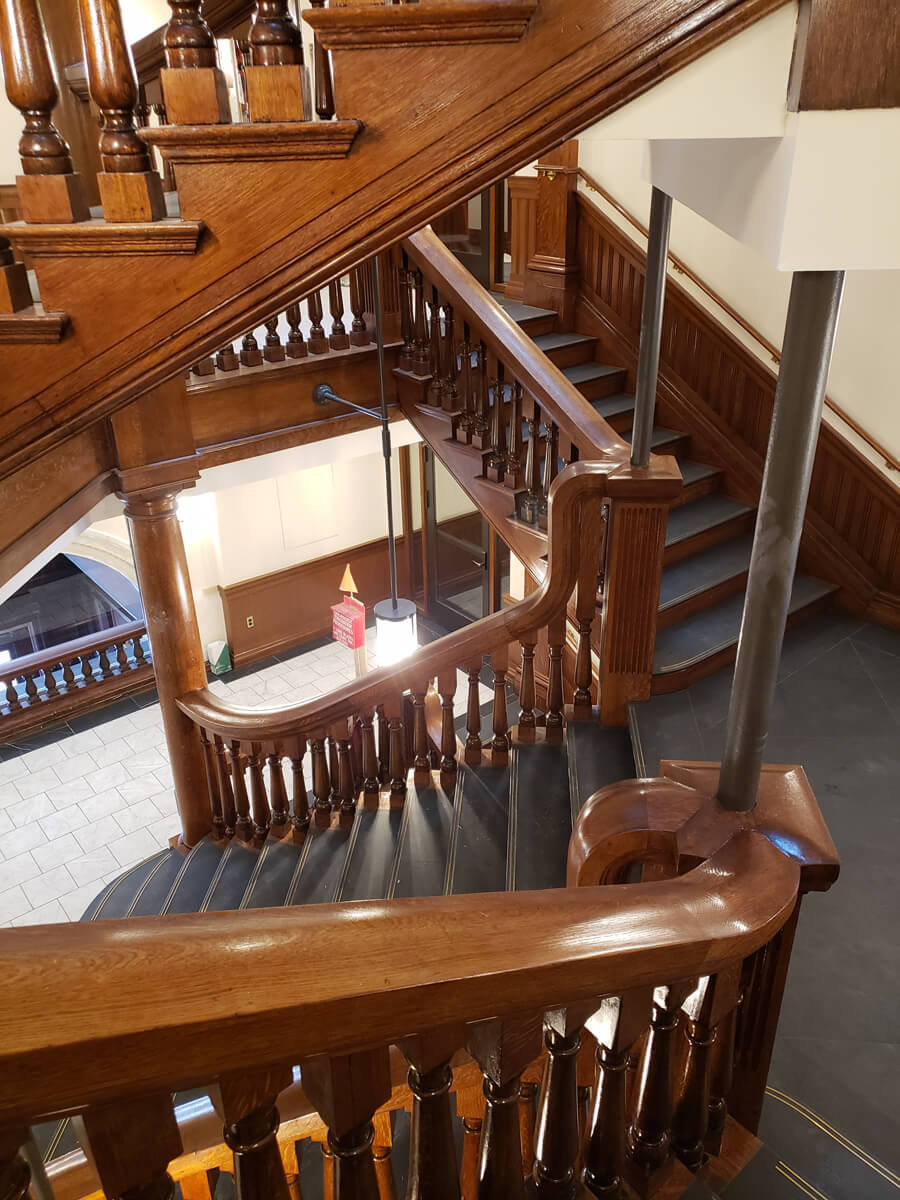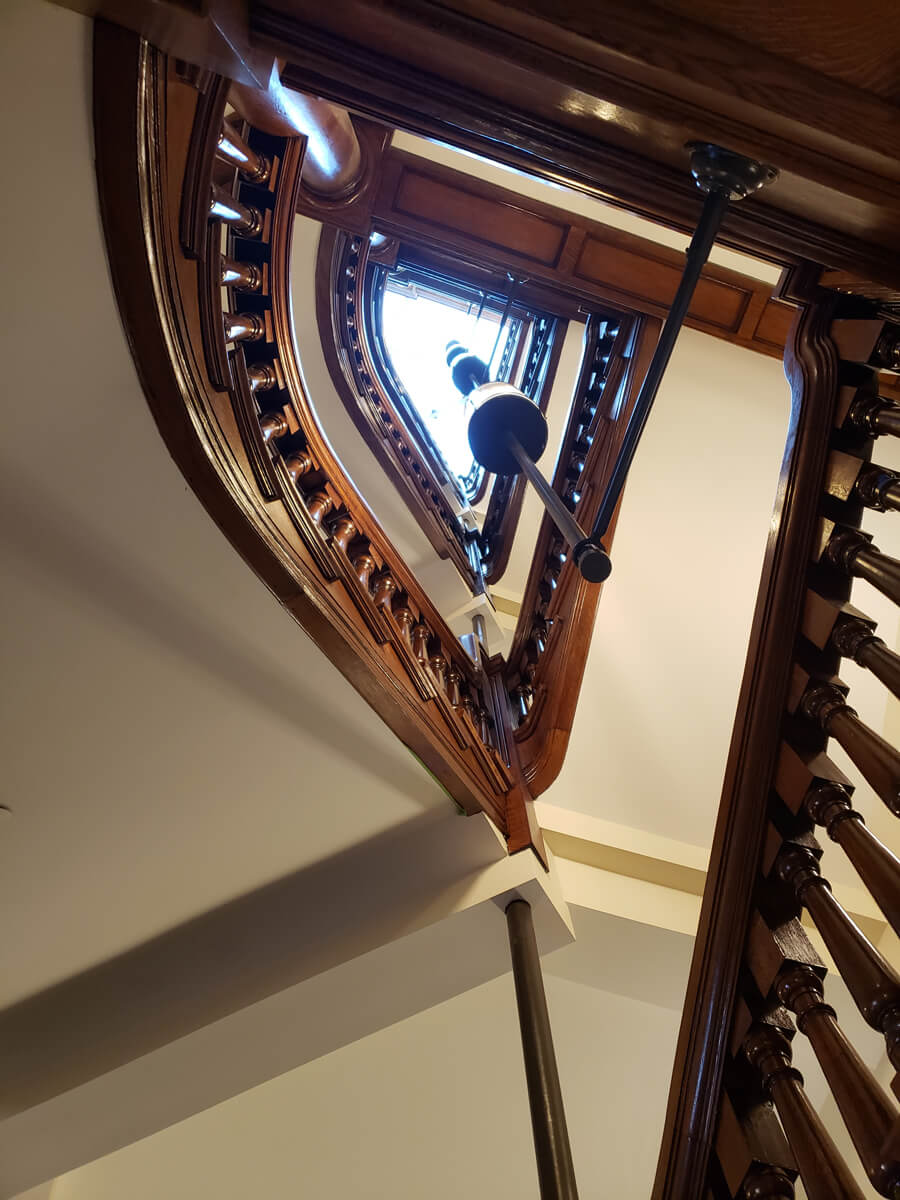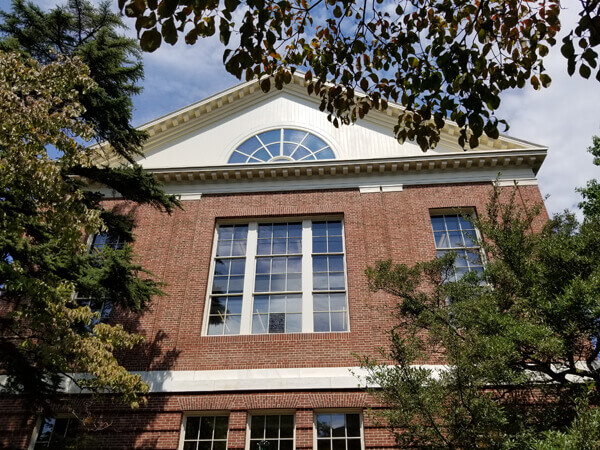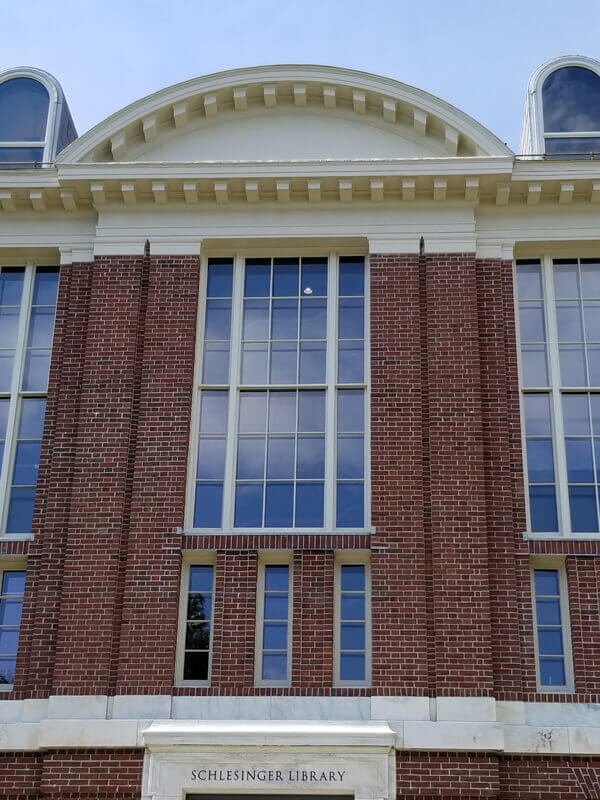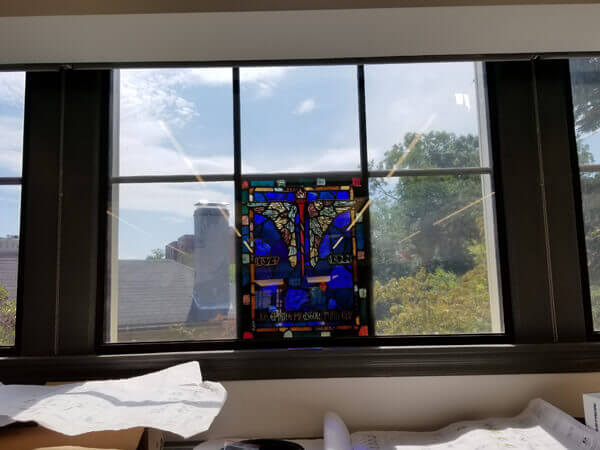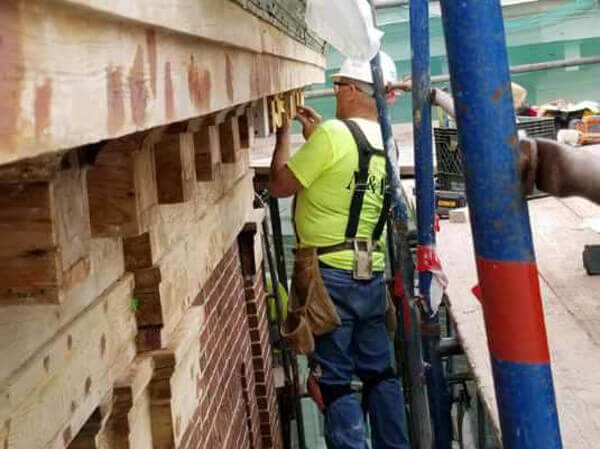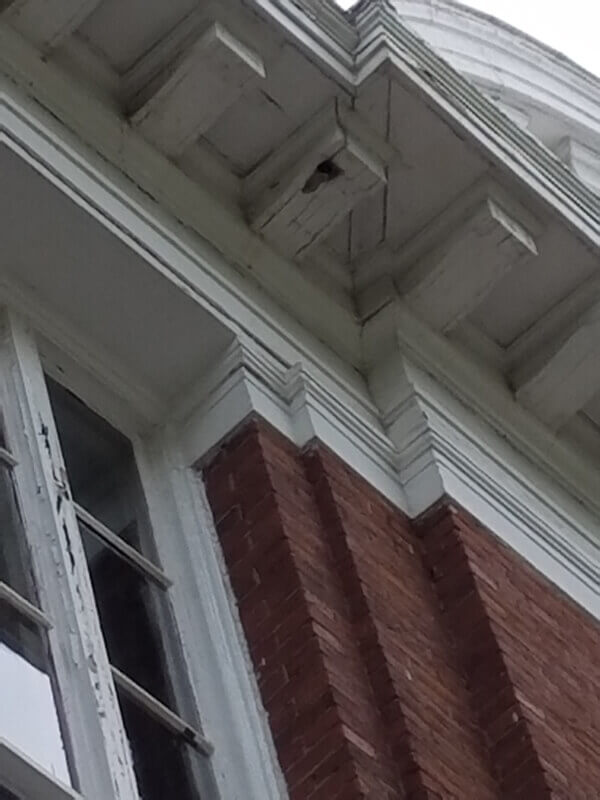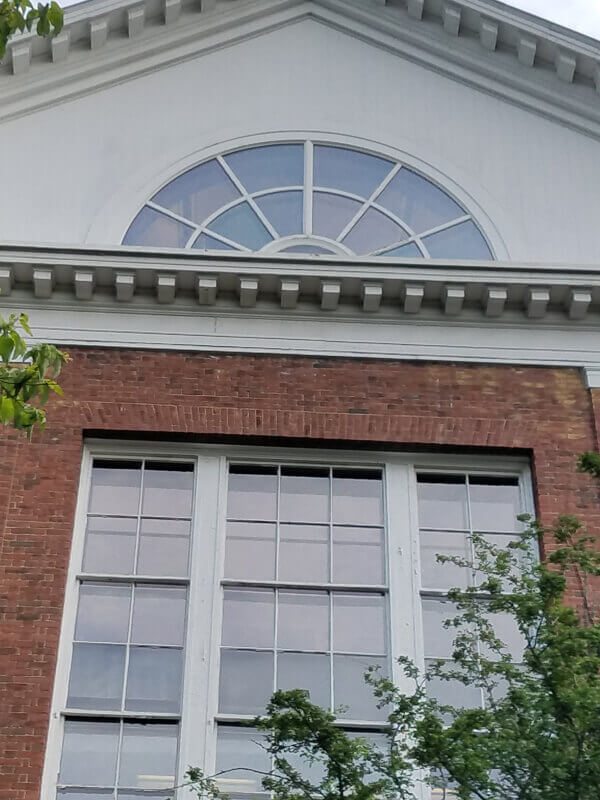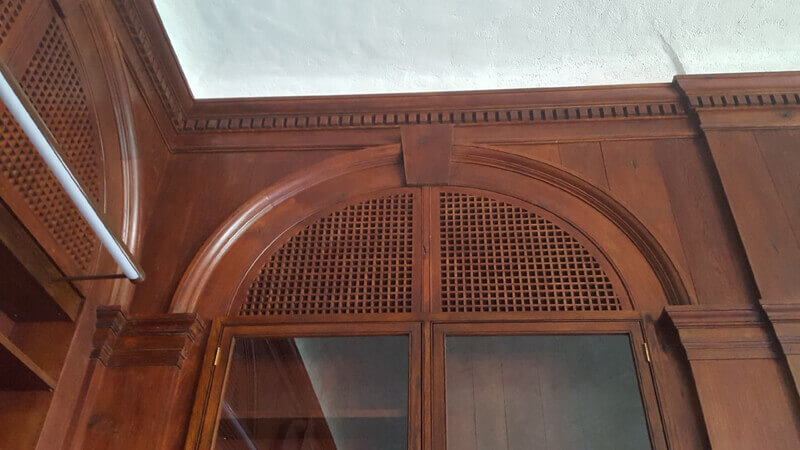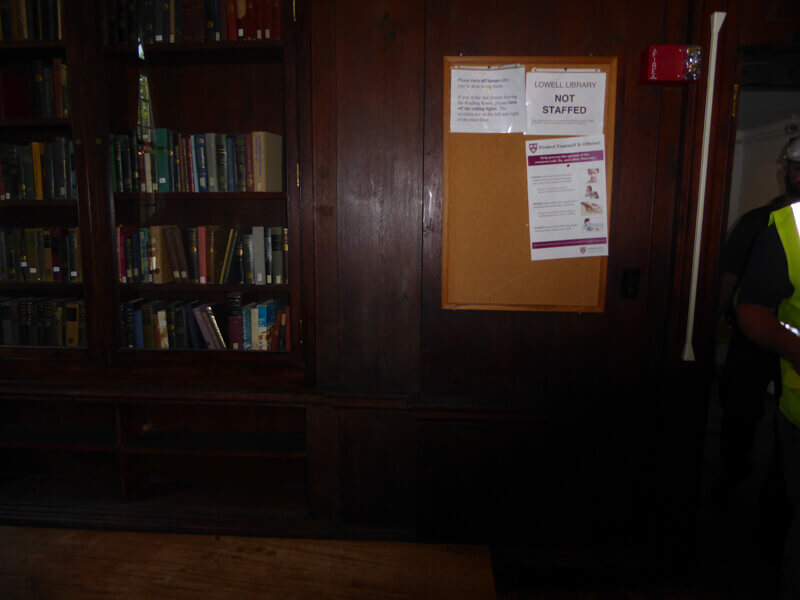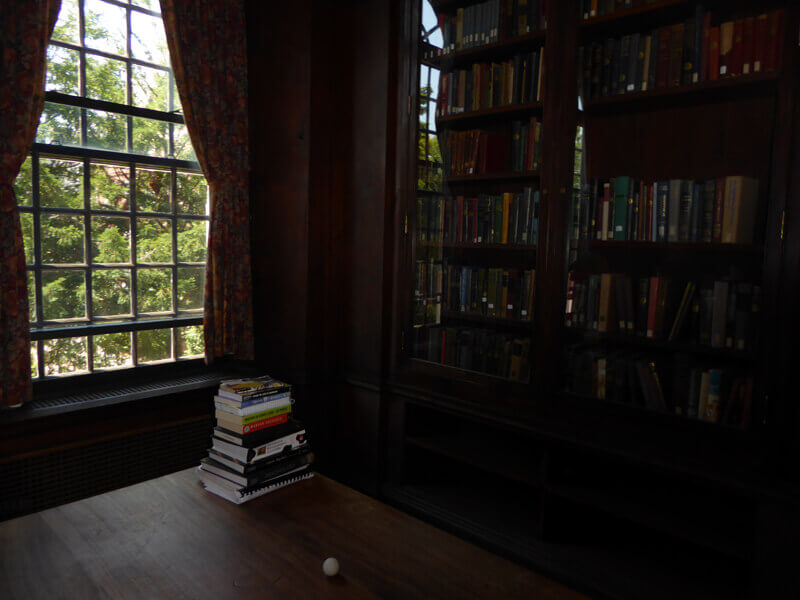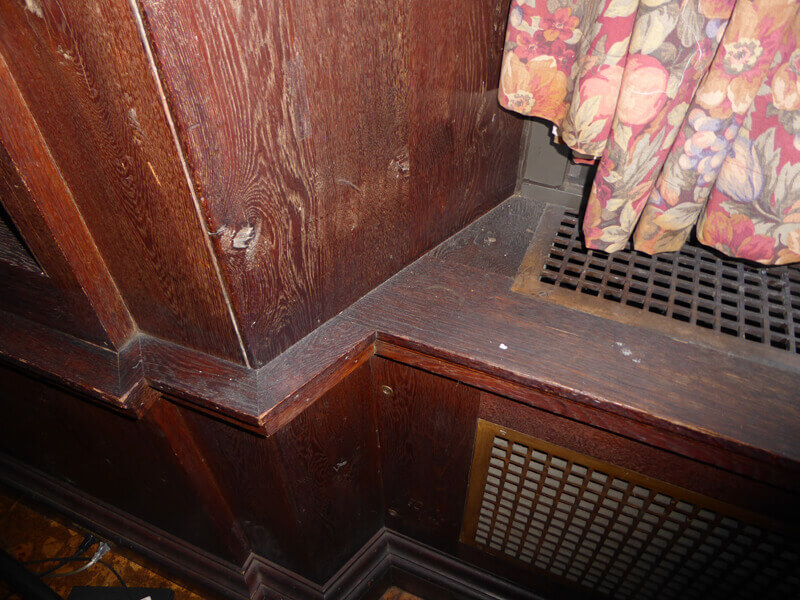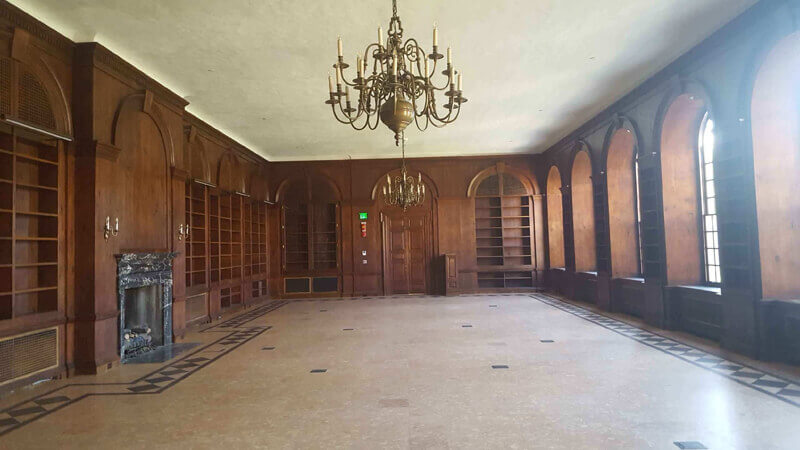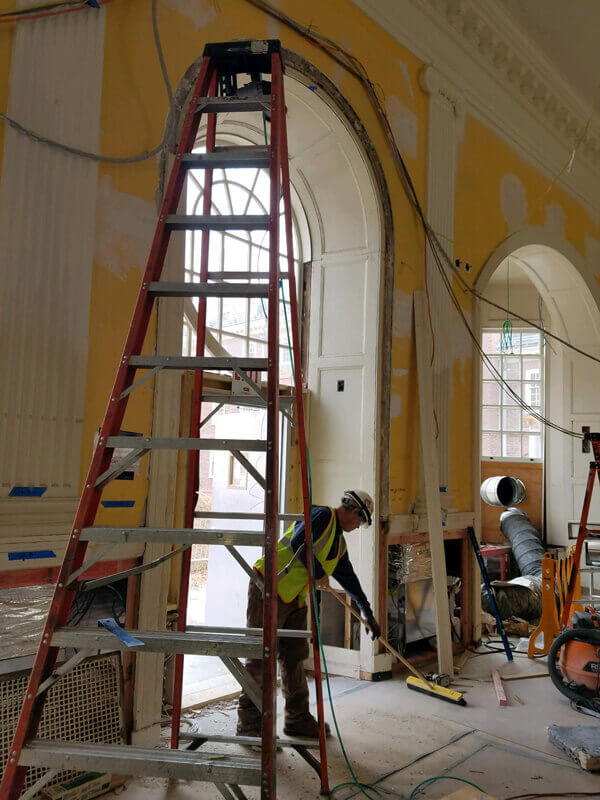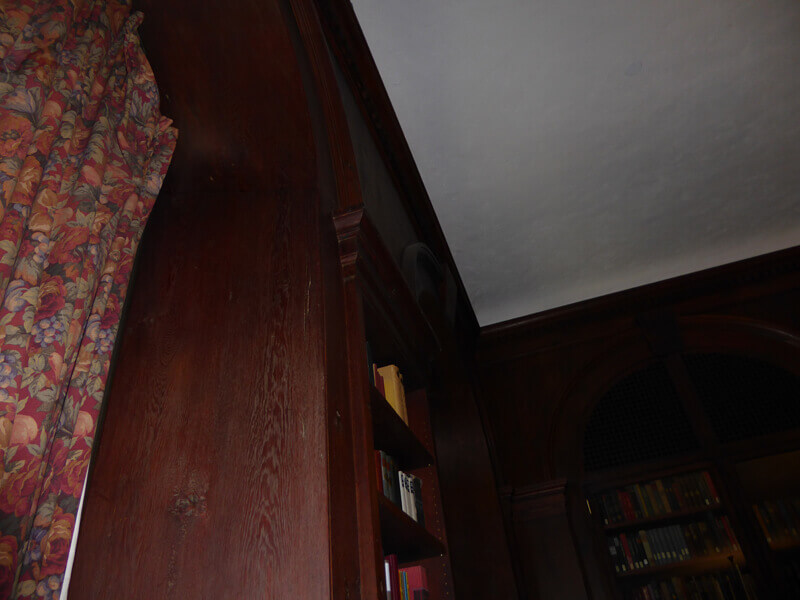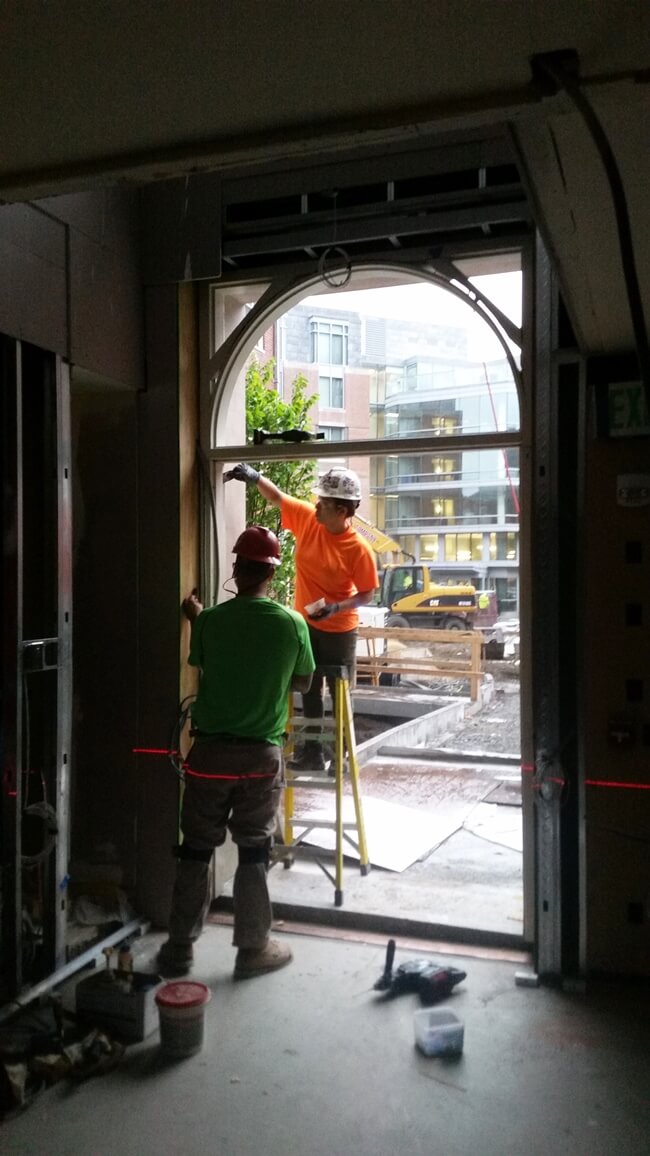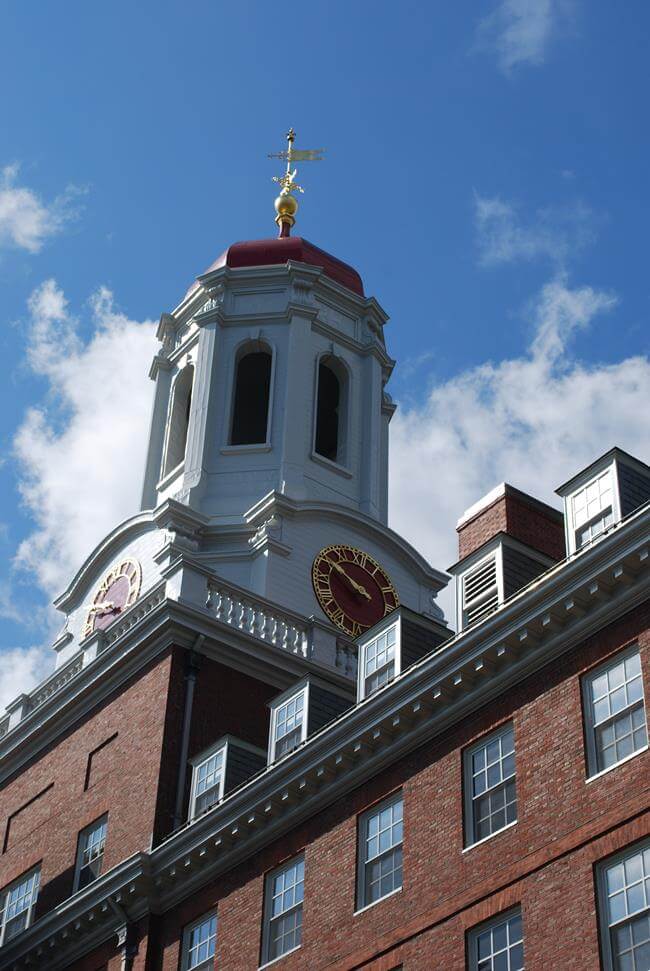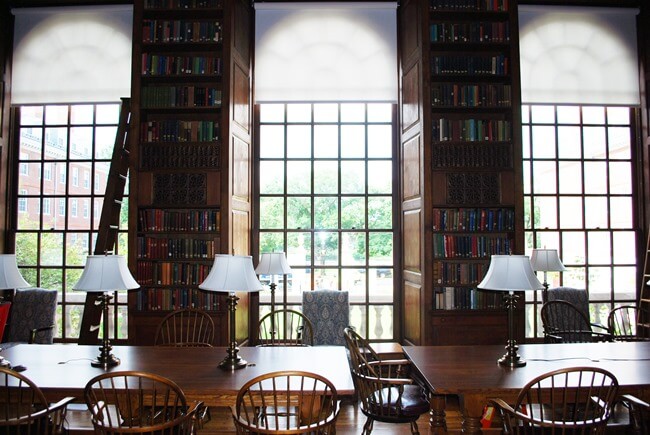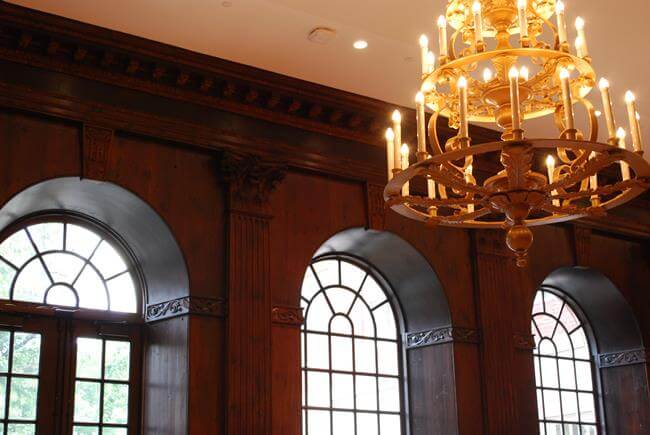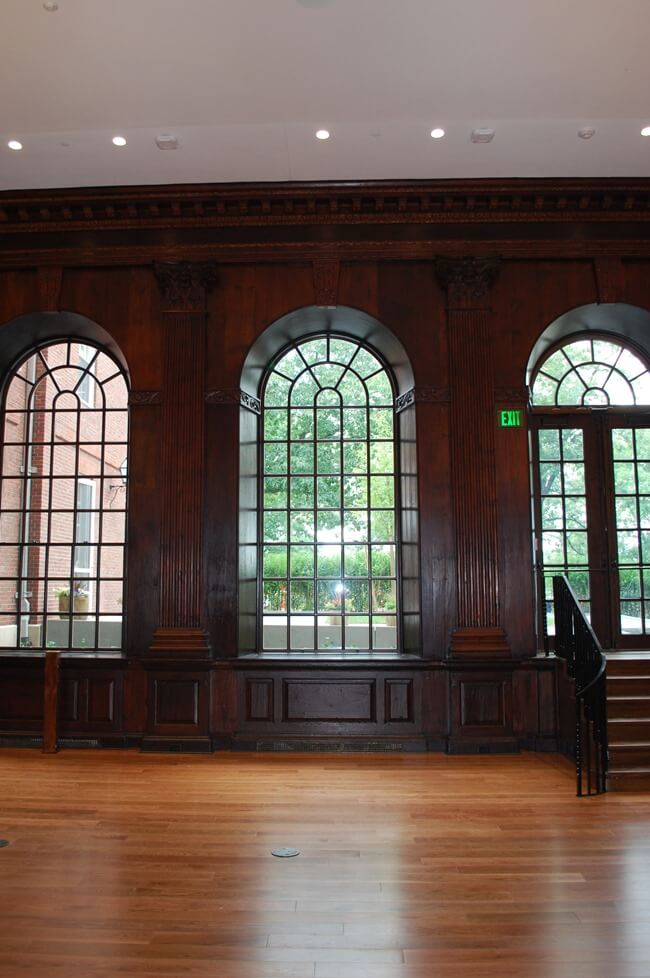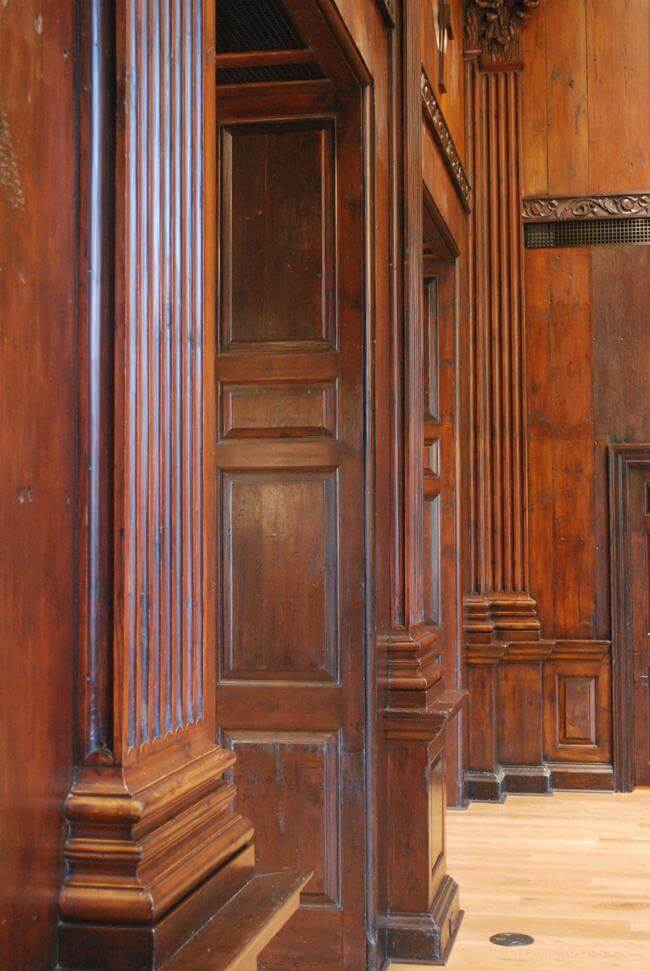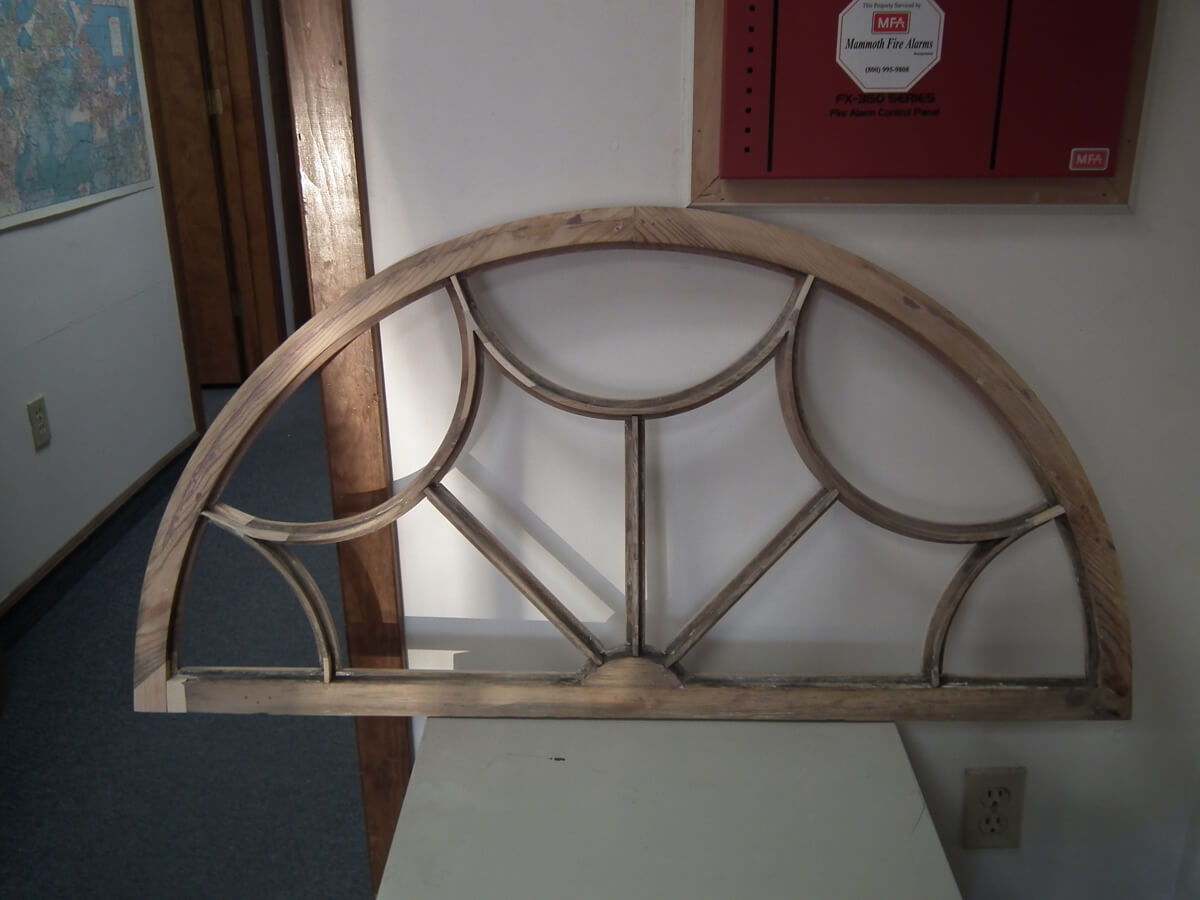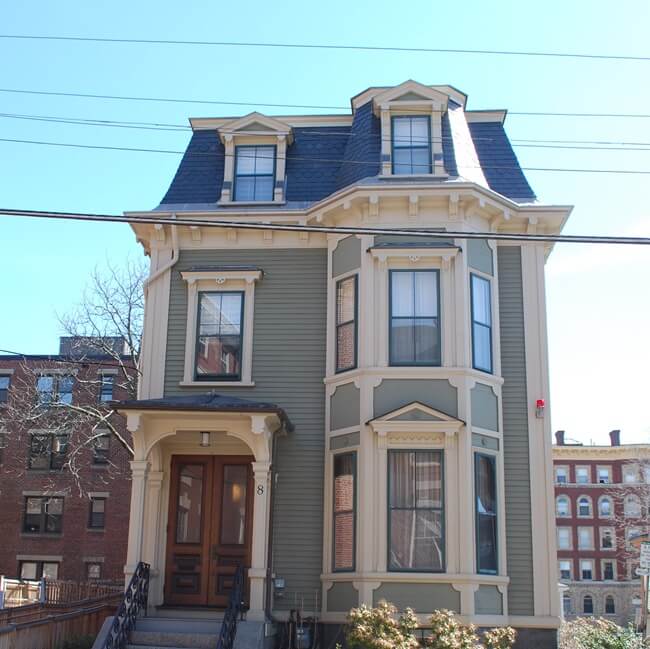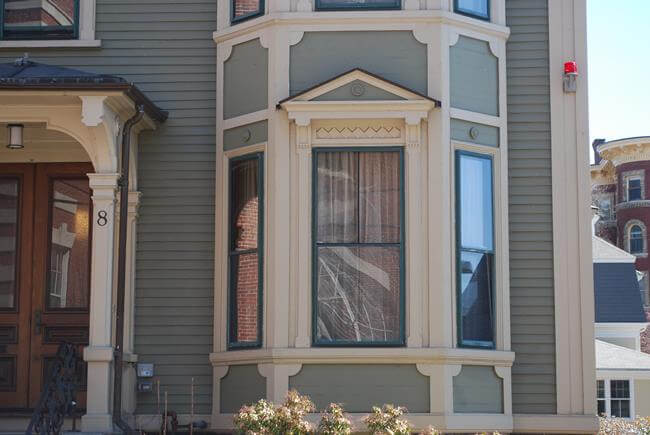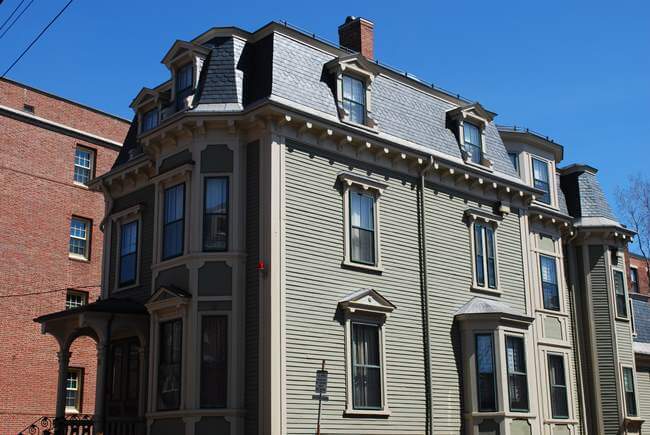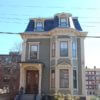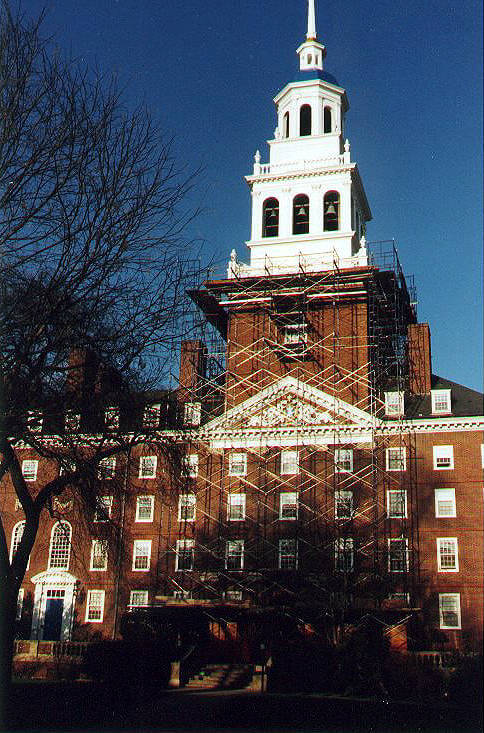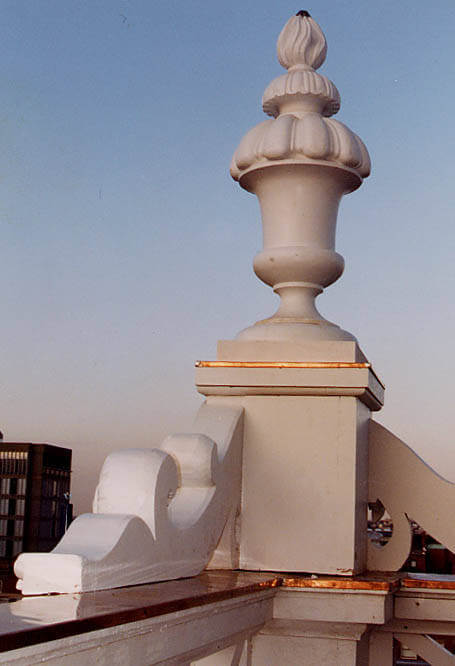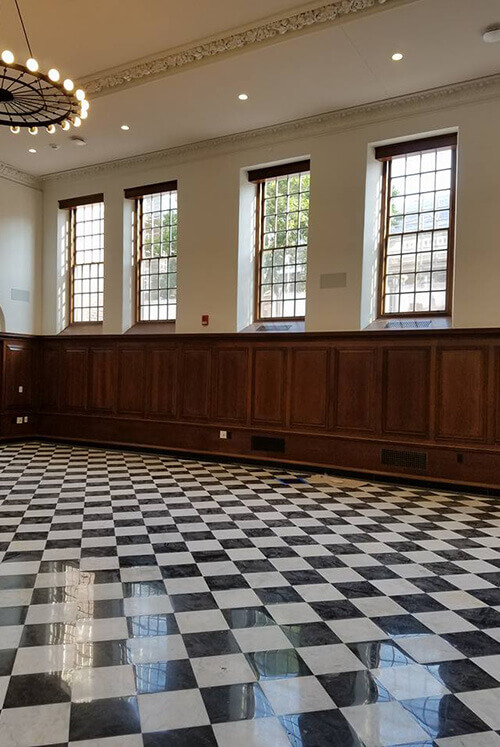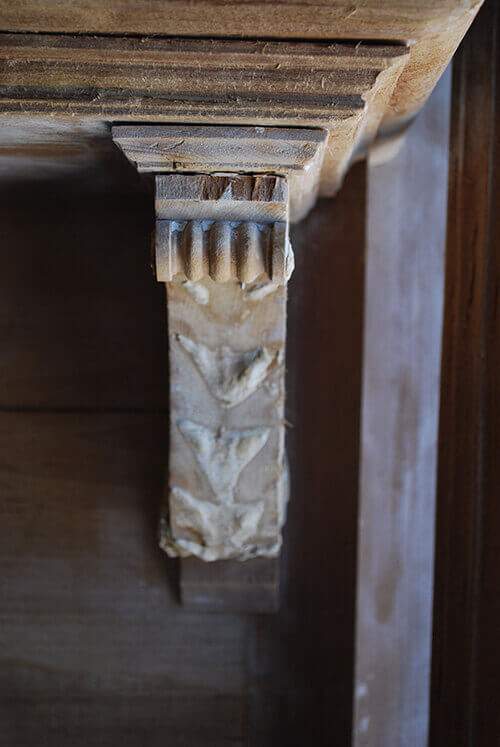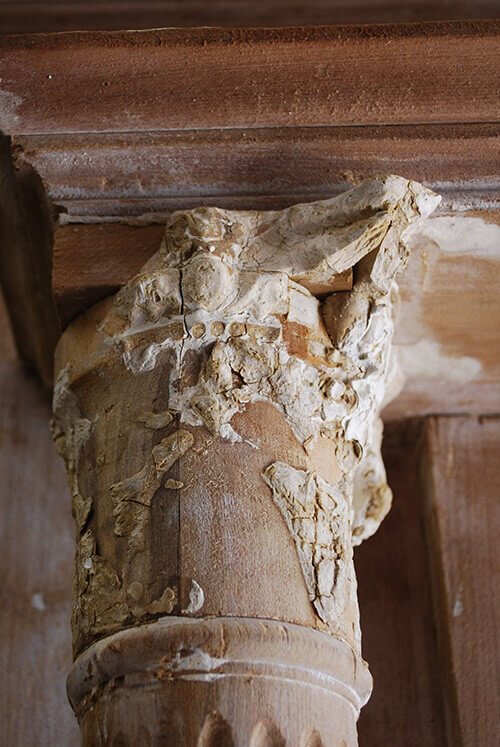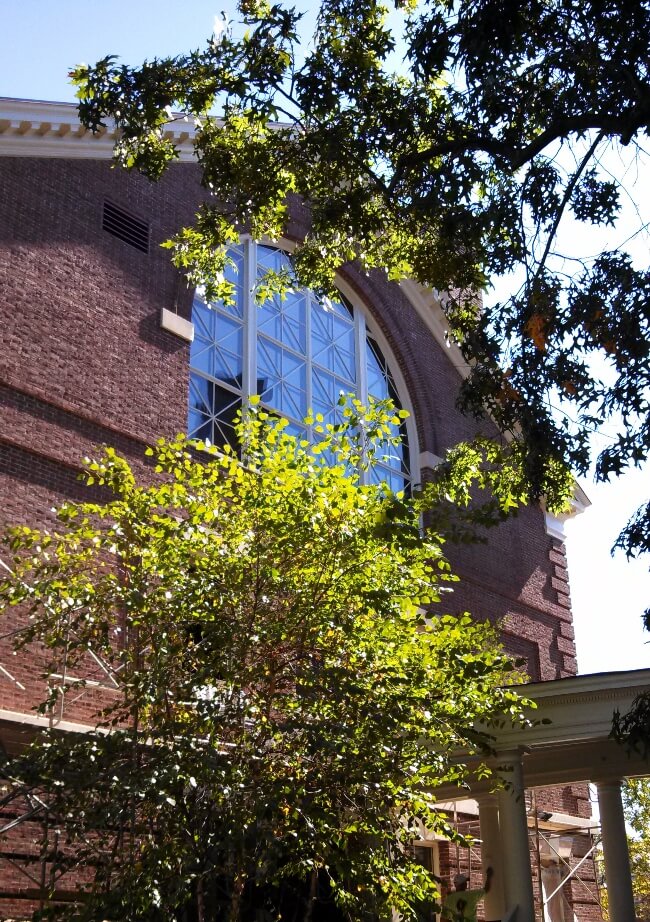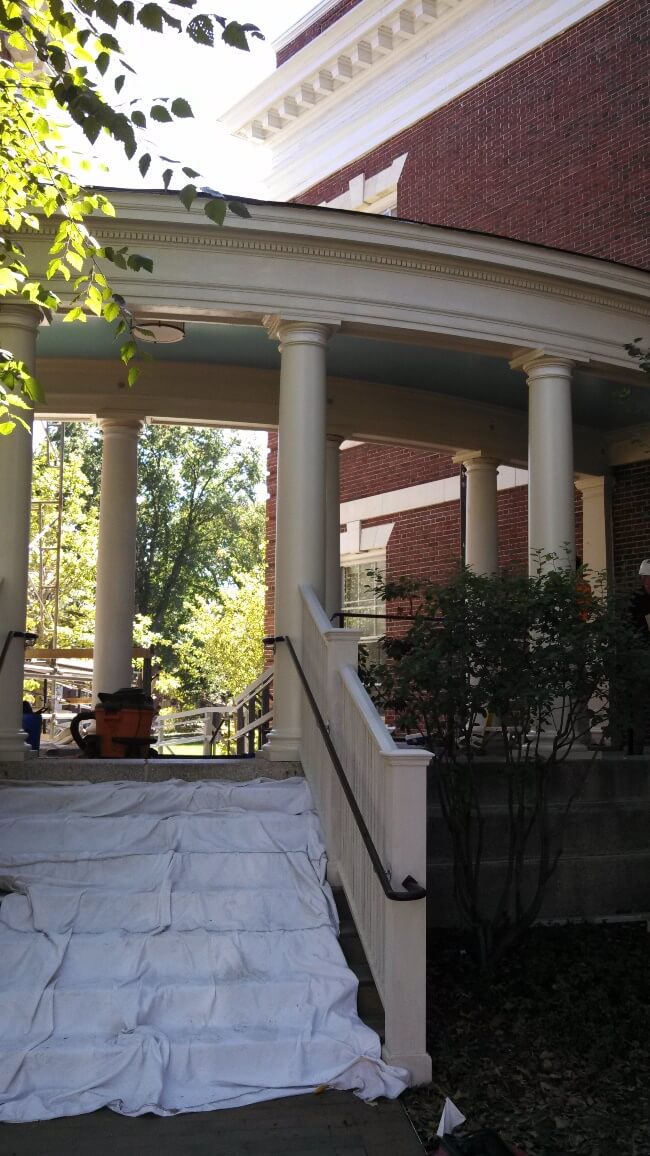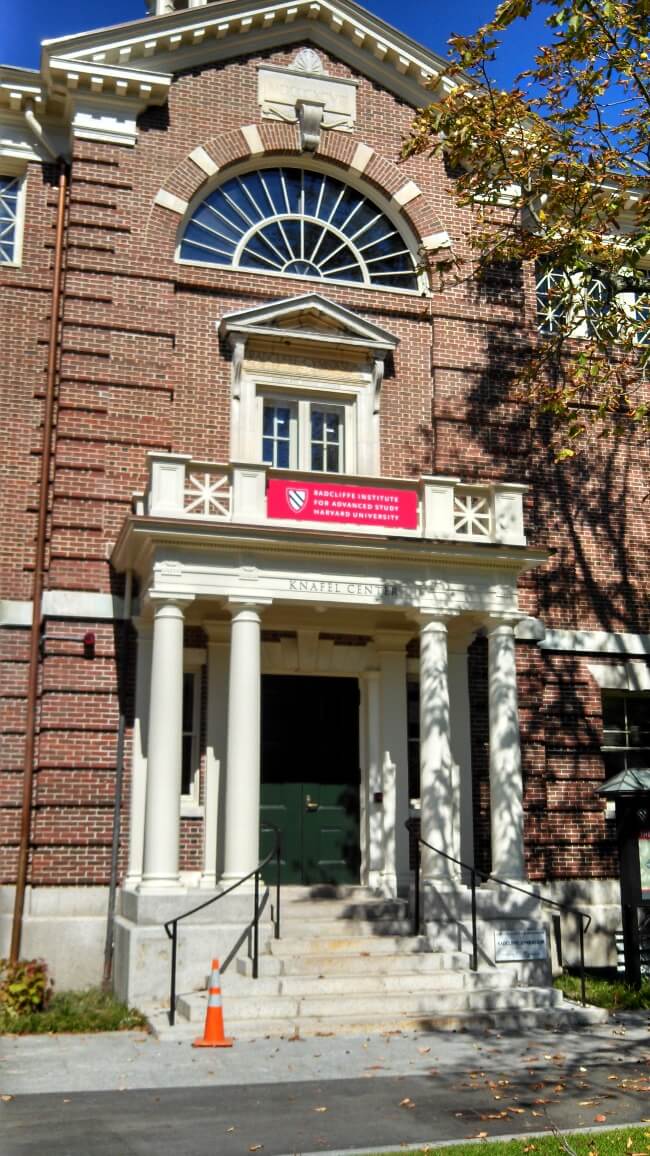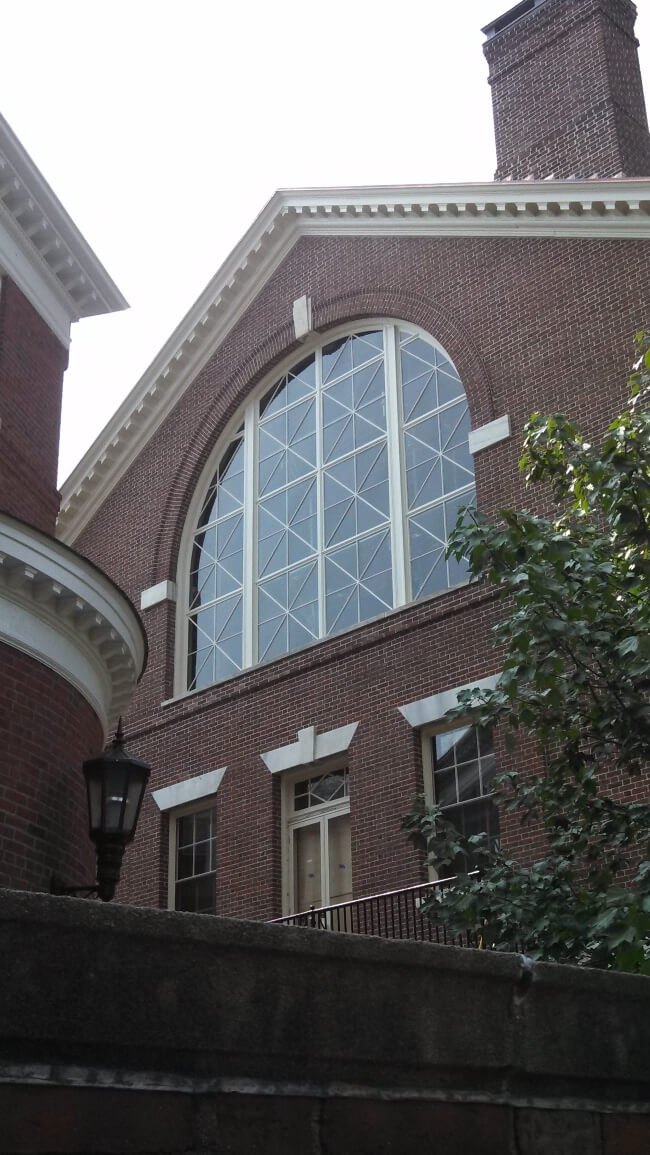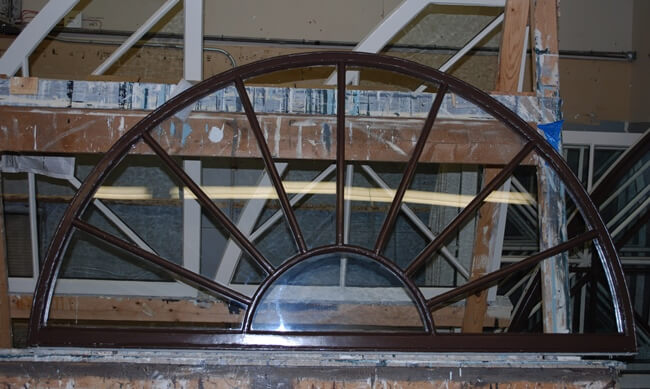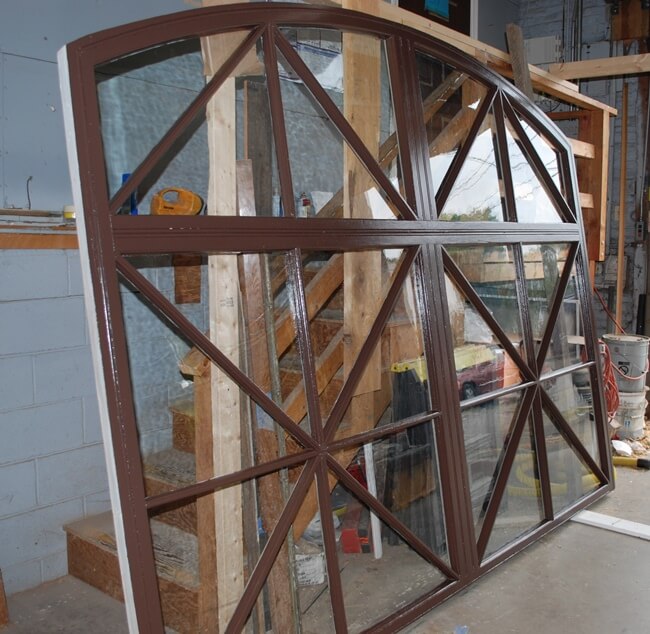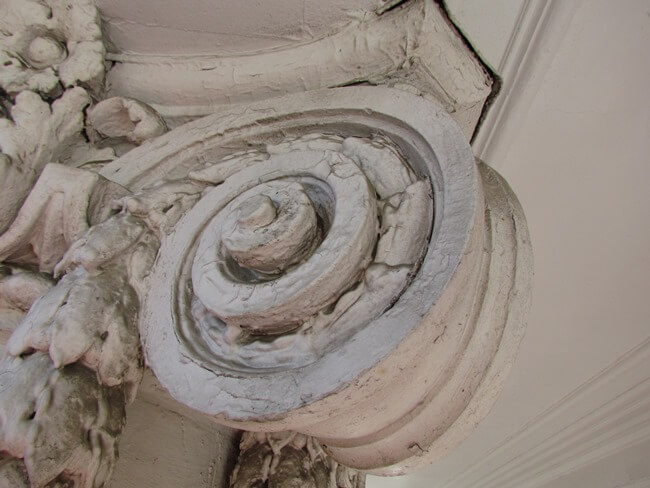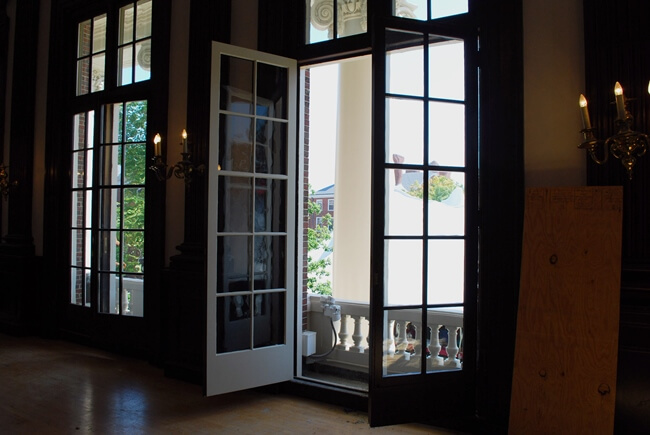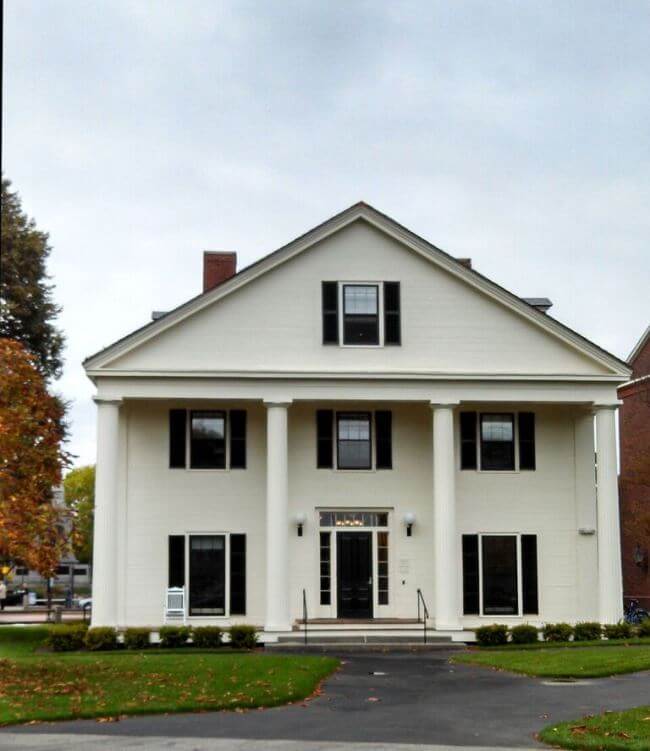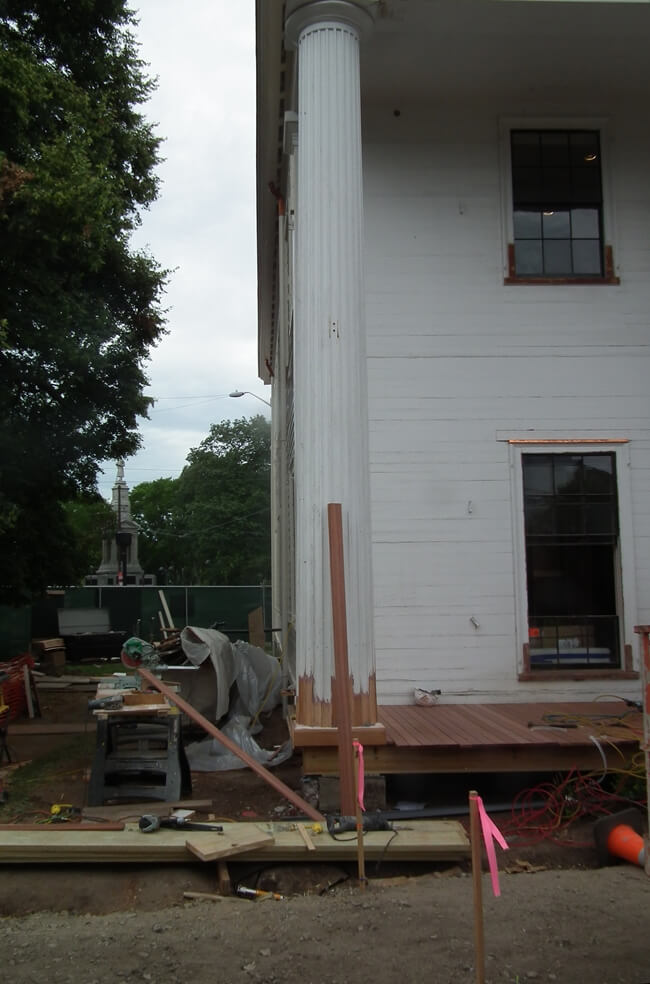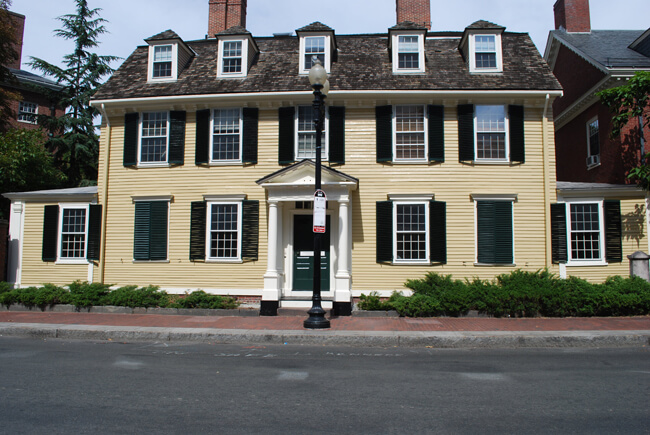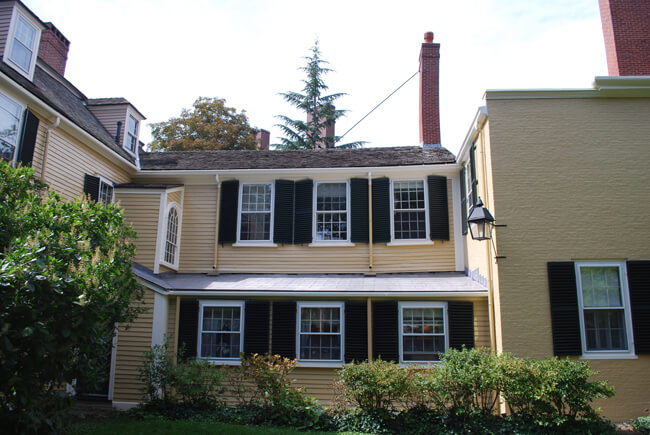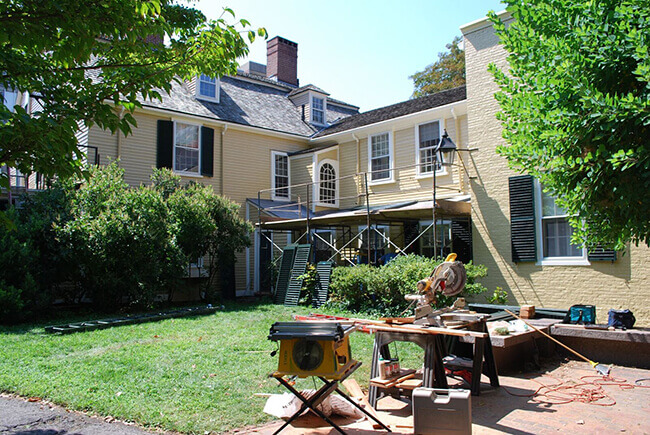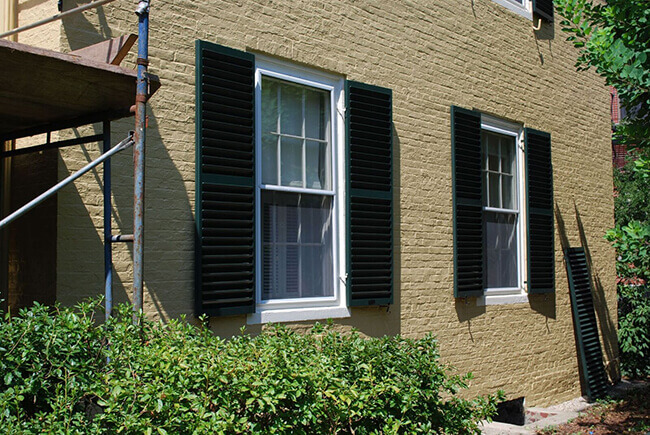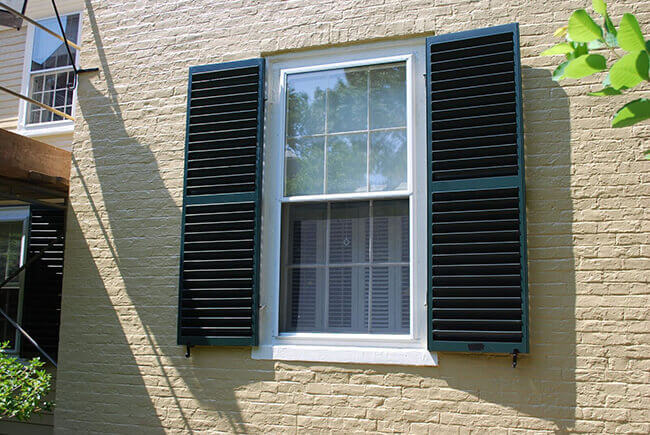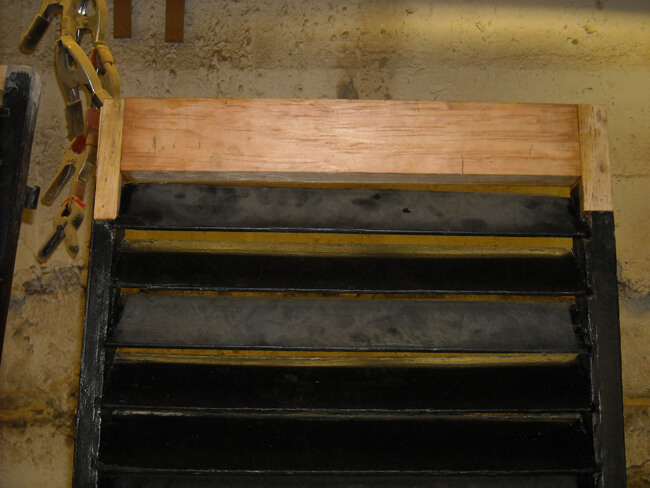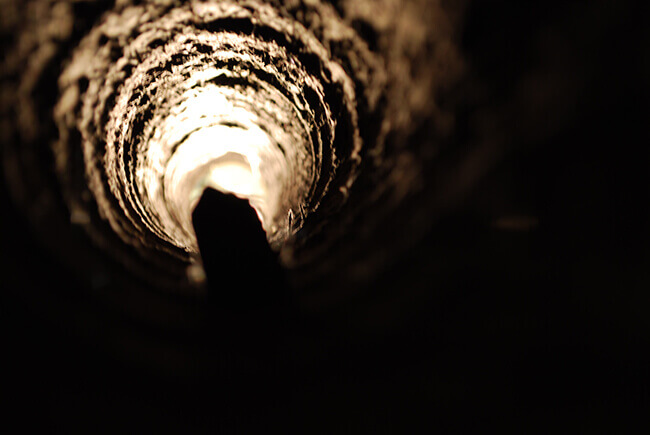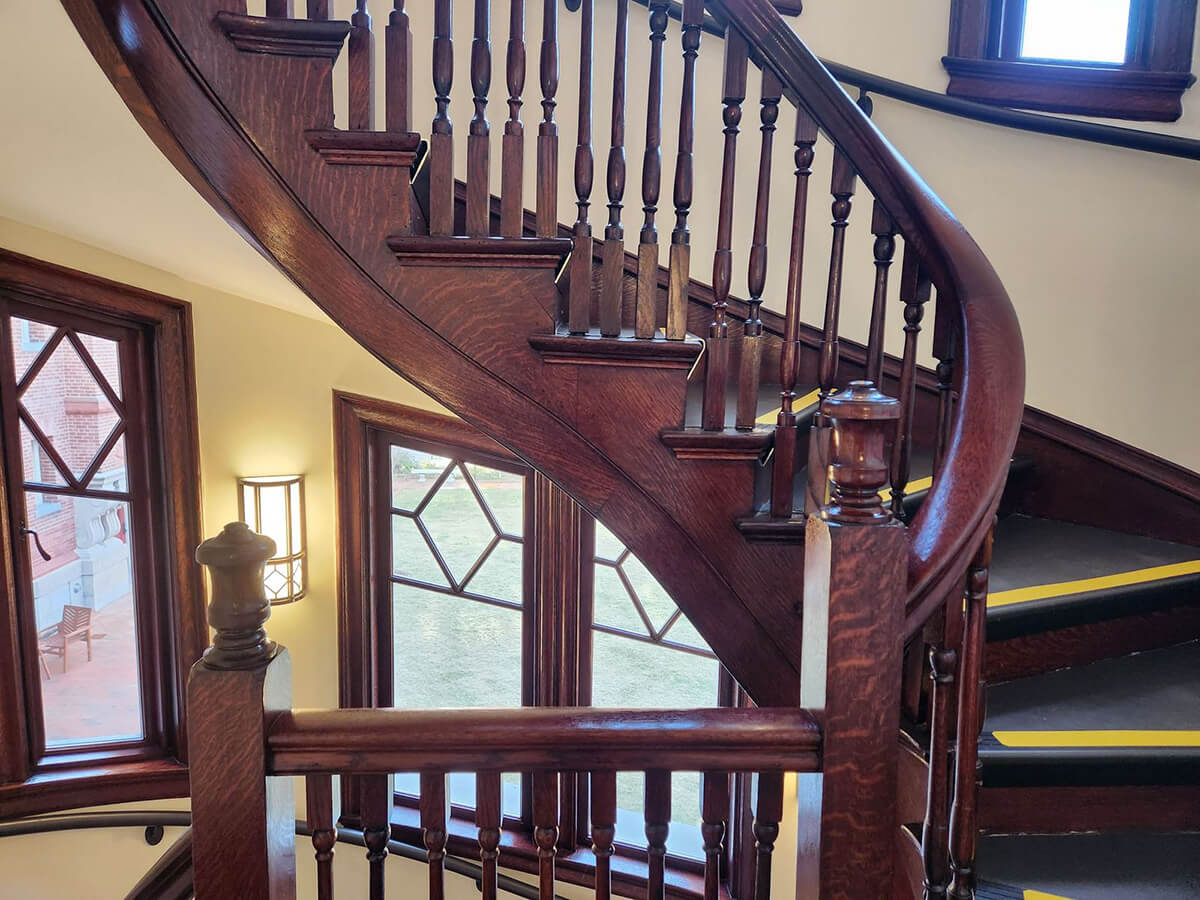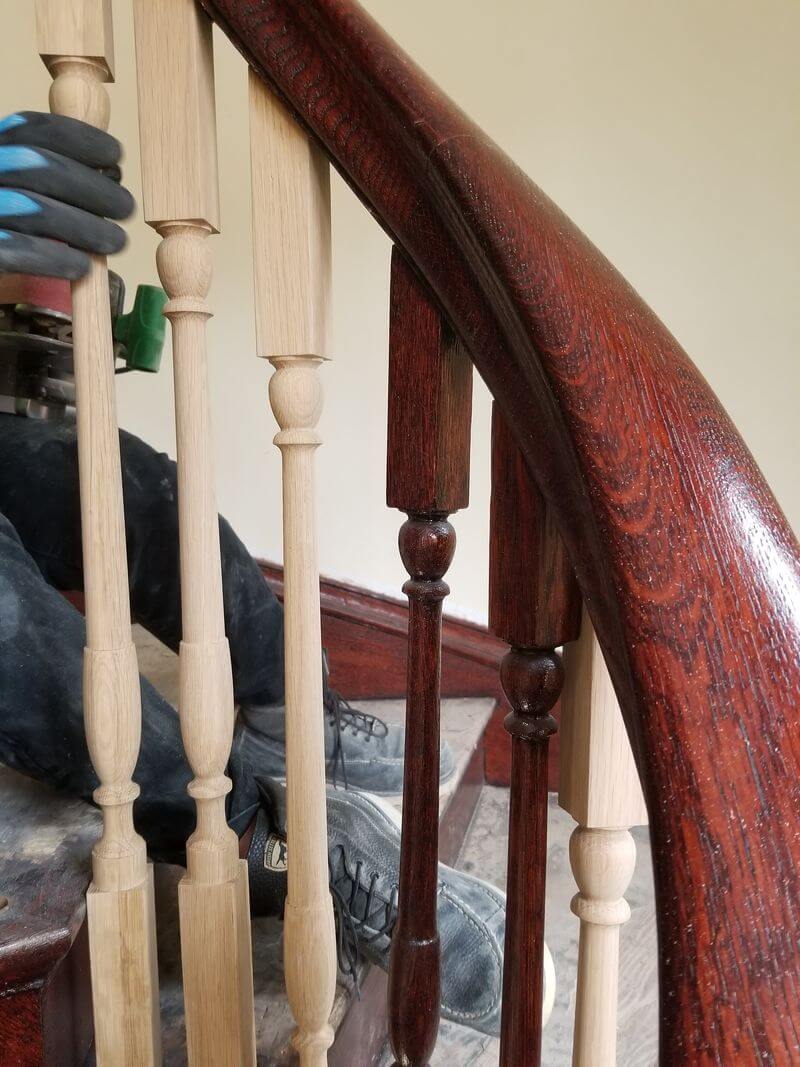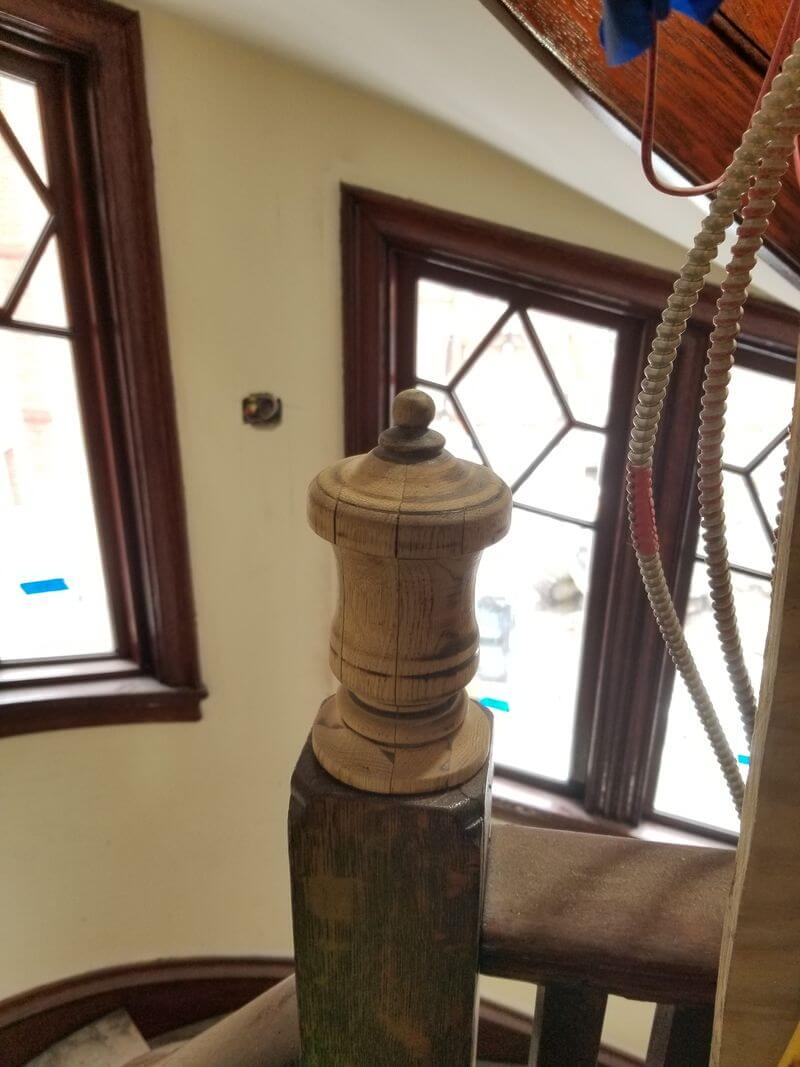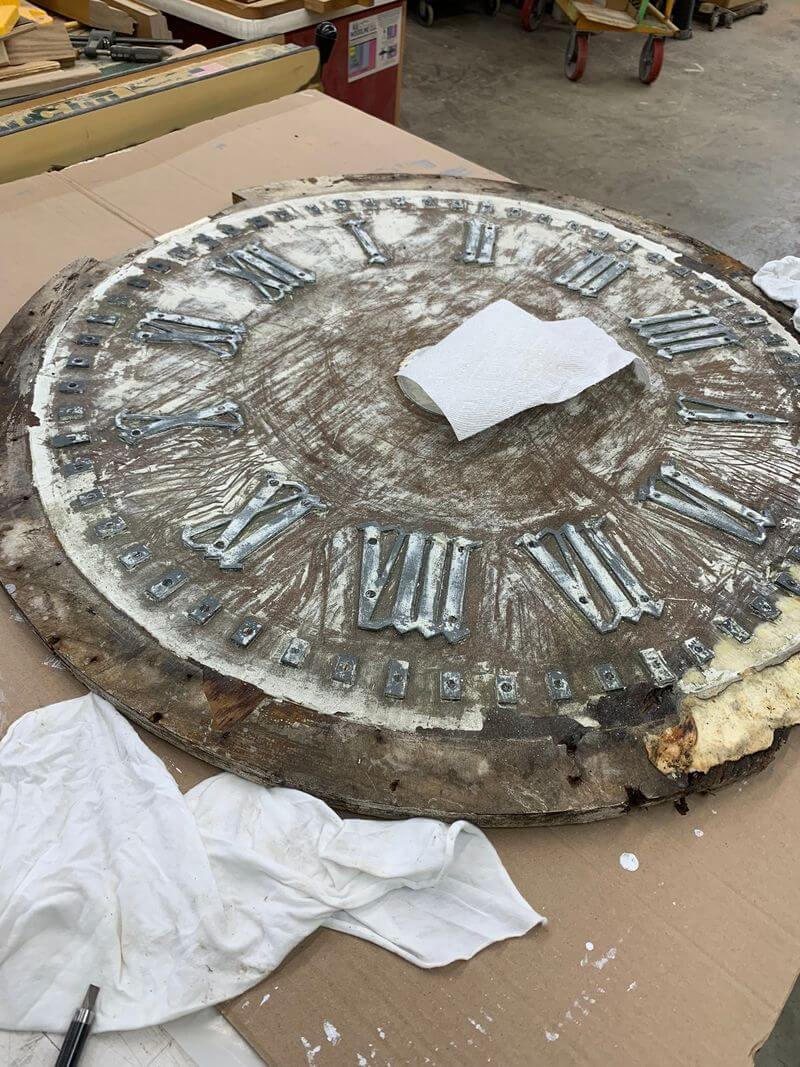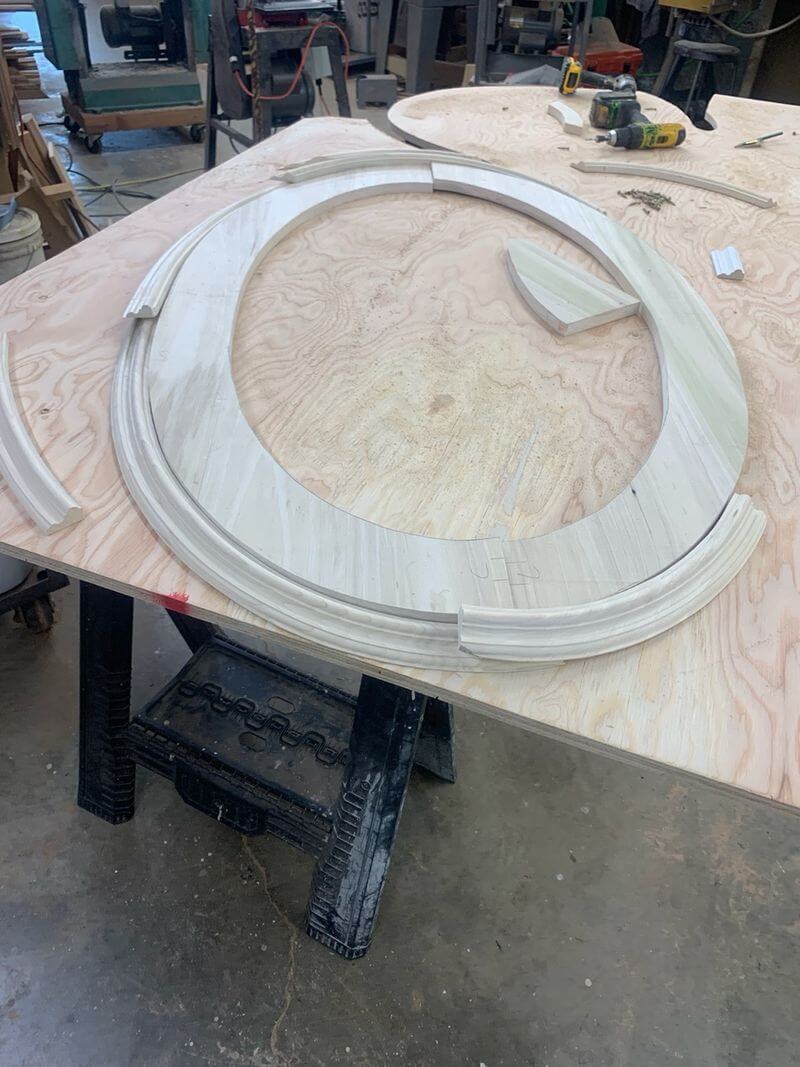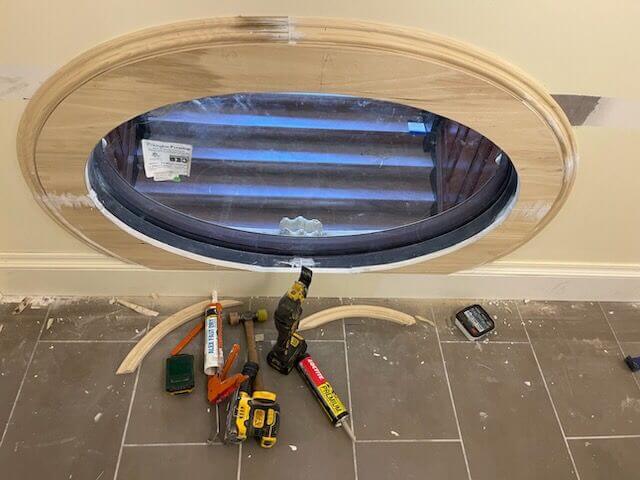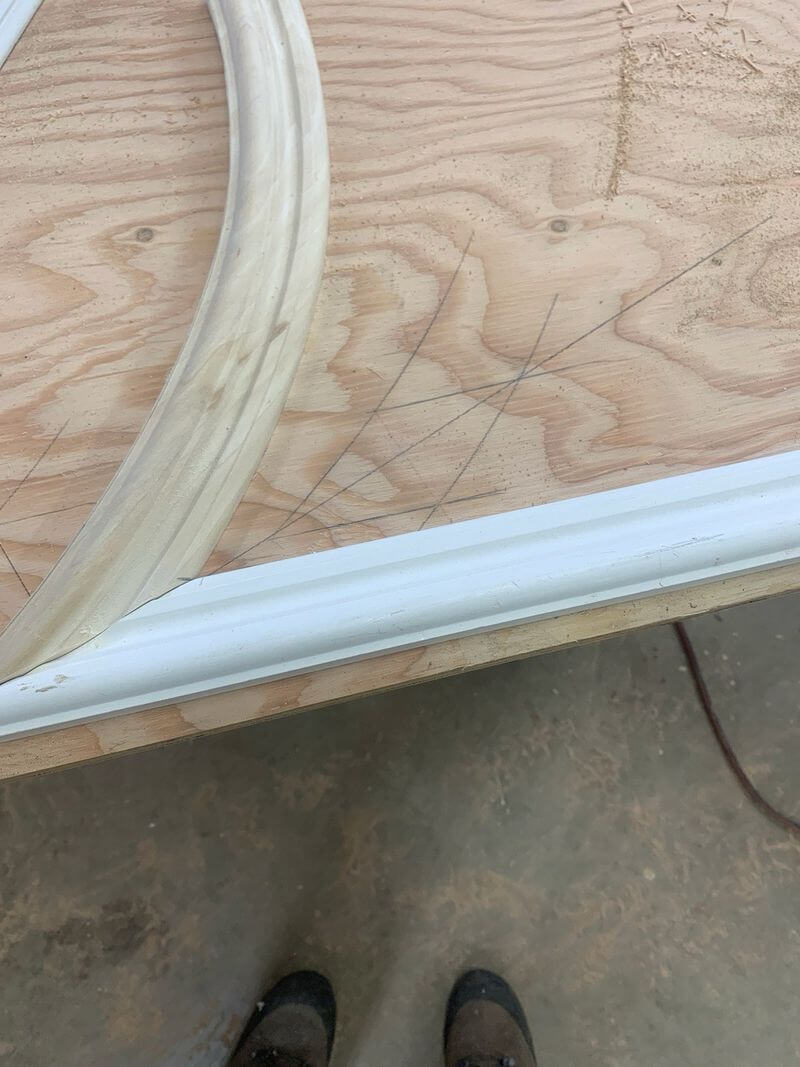Harvard University
Location: Cambridge, Massachusetts
Harvard University is one of the world’s most prominent research universities with significant historical prominence as well as influence across the globe. Established in 1636, Harvard’s campus includes many buildings registered as part of the Old Cambridge Historic District and the Harvard Houses National Historic District.
Preserving and restoring Harvard’s architecture is a significant focus of the university. Initiated in 2012, Harvard launched their monumental House Renewal campaign, one of the largest capital projects at Harvard to date. The House Renewal Campaign aims to update and modernize the Houses while restoring and preserving their historic characteristics.
“We want to preserve the historic character and the culture of our Houses, while renewing the House life experience as part of a 21st-century approach to liberal arts education.”
—Michael D. Smith,
Edgerley Family Dean of the Faculty of Arts and Sciences
John H. Finley, Jr.,
Prof. of Engineering and Applied Sciences
Harvard University
Starting with Dunster House, M&A has been an integral part of restoring and preserving the Harvard Houses as described below. To date, M&A has completed intricate preservation and restoration work at Dunster, Standish, Gore, Lowell, Claverly, Apthorp and Randolph Houses.
While preservation of Harvard Houses has been a priority, M&A has also completed preservation work at other notable buildings on campus including the Knafel Center and the Agassiz Theater, which received the 2015 Cambridge Historical Commission Preservation Award.
M&A is proud to have worked on award-winning projects with renowned architects and general contractors to restore and preserve these architectural and historical treasures for future generations.
Location: Allson, MA
Noteworthy: The large boat-bay sliding double doors, each glazed mahogany door panel about 4’x8’, were severely deteriorated under their paint. M&A restored them, replicated parts, and glazed, painted, stained and reinstalled them with restored transoms and sidelights.
M&A’s Scope: Restoration of exterior door systems; restoration of two dozen interior mahogany doors and new hardware, custom window installation.
Owner: Harvard University
Architects: Bruner/Cott & Associates
General Contractor: Consigli Construction
The Newell Boathouse was built in 1900 and named for Harvard Crimson rower and football star Marshall Newell ’94 who passed away shortly after graduation. Newell, home to the men’s crew team, is located on the Allston side of the Charles River and was a gift of the Harvard Club of New York.
This construction project represented the first comprehensive renovation of Newell Boathouse since it was built. Work included the interior and exterior renovations of the building plus the construction of two new boat storage sheds, creation of an accessible entrance and movement of a wall to accommodate a new accessible lift.
Work Completed by M&A
M&A Architectural Preservation was excited to continue boathouse restoration and preservation work across the Charles River in Allston, MA after having completed restoration of the Weld Boathouse in Cambridge.
The scope of our work included restoration of the exterior door systems, including the boat-bay doors. On the interior, we restored over two dozen custom mahogany doors, repairing not only typical wear and tear but lower rails with severe rodent damage. We patched the original hardware locations as needed, prepared the doors for their new hardware, and installed.
Unlike the Weld boathouse, where we were able to save the original window sash, at Newell the windows had to be replaced with custom mahogany double-glazed units, all of which we installed, along with new matching replacement doors.
Location: Cambridge, MA
Noteworthy: Two new monumental windows plus oversize double doors with transoms – two facades are all beautiful custom restored doors
Historic Designation: Part of the Harvard Houses National Register Historic District and the Harvard Square Conservation District
M&A’s Scope: Interior and exterior restorations of millwork, clapboard siding, shutters, stairs and doors
Owner: Harvard University
Architects: Bruner/Cott & Associates
General Contractor: Consigli Construction
The Weld Boathouse was named after George Walker Weld who bequeathed its construction in 1906 to encourage ‘university-wide rowing’. The boathouse is a hub for the rowing community at Harvard, as it is home to the women’s team and the recreational sculling and House intramural rowing program.
Located on the Cambridge side of the Charles River, the Weld Boathouse sits at the midpoint of the Head of the Charles Regatta (HOCR) race course, the largest 2-day regatta in the world.
A comprehensive renovation of the historic Weld Boathouse built in 1907 included improvements in accessibility, repair and restoration of the building envelope, and window repairs and replacements.
Work Completed by M&A
M&A Architectural Preservation was thrilled to be back on Harvard’s campus and on the banks of the Charles River, leading the restoration, preservation, and replication carpentry work for the Weld Boathouse.
Our work began with removal of the boathouse entries’ double doors and transoms for restoration and reglazing, and we finished the project by reinstalling the restored entries with restored hardware.
During construction, we removed and restored all 35 of the boathouse windows and all 24 interior doors with new and original hardware.
A major technical piece of the work was the installation of two new 18-foot-wide half-round windows, each consisting of 13 individual sashes. The original windows were considered too deteriorated to restore, so they were replaced to match. Custom built in mahogany with insulated glass and true-divide light muntins, their weight and size were such that they had to be installed from the exterior by crane.
Location: Cambridge, MA
Noteworthy: Many original exterior shutters presented severe deterioration, but M&A was able to save almost every one and custom fabricate replacements for the irreparable ones so they were indistinguishable from the originals.
Historic Designation: Part of the Harvard Houses National Register Historic District and the Harvard Square Conservation District
M&A’s Scope: Interior and exterior restorations of millwork, clapboard siding, shutters, stairs and doors
Owner: Harvard University
Architects: Beyer Blinder Belle (BBB)
General Contractor: Lee Kennedy Co.
Apthorp House is one of the oldest buildings on Harvard’s campus and is one of the most interesting and architecturally significant structures at the college.
Apthorp House, now the Faculty Dean’s Residence, was built before the Revolutionary War in 1760 for Reverend East Apthorp of Christ Church, the first Anglican congregation in Cambridge. Apthorp House was one of the largest and most magnificent houses in Cambridge, surrounded by grounds that originally extended toward the Charles River. John Borland bought the house and added a third story, but he too was forced to leave Apthorp House when his Tory sentiments became unpopular at the start of the American Revolution in 1775.
In the early 1900’s, Harvard incorporated Apthorp House into Harvard’s Gold Coast of private residences for wealthy students. Its tenure as a boarding house is one of the most colorful aspects of its history. From pistol practice and playing football in the hallways, to pet monkeys that swung from chandeliers, the boarders of the Gold Coast put modern day frat houses to shame with their Gilded Age antics.
Work Completed by M&A at Apthorp House, part of Adams House at Harvard
As part of the Historic Restoration initiative at Harvard’s student residence halls, the work at Apthorp House included interior and exterior restoration and preservation work. The work was completed in the midst of the COVID-19 pandemic, presenting additional challenges to safely coordinate and complete the work among all the tradespeople.
Our restoration work included:
- Restoration and replication of 30 pairs of exterior wood shutters: when a single shutter in a pair was too deteriorated to save, we custom fabricated the replacement shutter to match the exact number and placement of slats and the dimensions of rails and stiles, as well as the missing hardware.
- Removal, reworking and reinstallation of interior millwork (multi-part crown moldings, panels, radiator covers and bookshelves) for new mechanical systems, in-wall insulation, and structural steel.
- Complete restoration of the main staircase, including balusters and panels, including reworking to accommodate new structural steel.
- Replication of the exterior entries, including custom fabricated hardware for the front door.
- Exterior restoration of original clapboard siding and dormers.
- Repairs to interior paneled shutters.
Noteworthy: The main stair is the heart and center of the building, a double staircase with spectacular details enhanced by skylights. M&A restored the refinished staircase, including repairs to every single tread to accommodate new stone.
Historic Designation: The building is part of the Harvard Houses National Register Historic District and the Harvard Square Conservation District
M&A’s Scope: Complete interior renovation of the historic staircases and public spaces, plus fabrication and installation of new to-match-existing entries.
Owner: Harvard University
Architects: Beyer Blinder Belle (BBB)
General Contractor: Lee Kennedy Co.
“… the character of the House has not changed. When you walk in, you really get the sense you are in historic Claverly. It hasn’t lost any of the character.”
Stephen Needham, Executive Director of Harvard’s Undergraduate House Renewal Program
Claverly Hall, designed by George Fogerty and completed in 1893, was built as a private dormitory along Mount Auburn Street. It was the first of the “Gold Coast” private luxury dormitory buildings to be constructed. It’s named after the Claverly Trust which originally owned the “Gold Coast” dormitories. The Claverly Trust was formed by Harvard alum Charles Wetmore in order to capitalize on the trend for private dormitories in the late 19th century.
Claverly Hall, designed by George Fogerty and completed in 1893, was built as a private dormitory along Mount Auburn Street. It was the first of the “Gold Coast” private luxury dormitory buildings to be constructed. It’s named after the Claverly Trust which originally owned the “Gold Coast” dormitories. The Claverly Trust was formed by Harvard alum Charles Wetmore in order to capitalize on the trend for private dormitories in the late 19th century.
Work Completed by M&A
This residence house is filled with beautiful oak millwork and casework, from cozy fireplaces to grand staircases, all of which M&A was privileged to restore to its former beauty. The rich sheen and depth of finish are due to our saving the original shellac and wax finishes and blending our new millwork to match the existing, using the same wax and shellac system used in the original construction. Our restoration work included:
- Salvage, reworking and reinstalling in new openings over two dozen complex interior door casings, complete with multi-part headers and plinth blocks, set into the corridor wainscot;
- Salvage, restoration and refinishing of twenty-eight fireplace surrounds, including carved and beaded details at the chimney-pieces;
- Complete restoration and refinishing of the grand main staircase, with its double stair spanning four stories from the ground to the fourth floor; including wainscot and interior window openings at each landing, and ornate crown and skylight moldings, plus custom fitted pieces at each tread, so that the profile of the new stone matched the original wood nosing and balustrade molding details;
- Restoration of the Claverly Common Room, complete with coffered beams salvaged, reformatted, and supplemented with new oak to match the existing, and salvaged, restored and replicated wainscot, and the handsomely carved fireplace surround.
- Restoration of the paneled mahogany vestibule with new removable radiator covers and a resized niche, holding some original Adams House artwork; this elegant space was designed to set the visitor’s expectations for the architectural details within.
- Interior door fabrication and installation of the archtop elliptical double doors which curves matched adjacent openings and the tiled room beyond;
- Replication of the exterior entries, including double doors, huge transoms, and ornate paneling and surrounds.
Claverly Hall is still grand but welcoming and familiar, with so much of its original charm intact and preserved for new generations of students who appreciate its history and beauty.
Faculty Deans Judy and Sean Palfrey, who are set to retire this summer after 22 years of overseeing residential life in Adams House, are thrilled to be able to see the redesigned Claverly to completion.
“Restarting the project under new rules in the pandemic, with the limits on numbers of workers and social distancing on site, it was a totally new world,” Sean Palfrey said. “Just to be here in March with Claverly done, I have to give our team, including the hundreds of construction workers, a lot of credit.”
Noteworthy: Complete restoration of the complex cornice, gables and siding, and restoration and installation of more than 200 window sashes, during the summer of 2019.
This is M&A’s third project at the Radcliffe Institute. We also completed exterior restoration projects at the Knafel Center and Agassiz Theater, so we were thrilled to be back on campus for this important renovation.
Historic Designation: Part of the Harvard Houses National Historic District, a historic district encompassing seven residential colleges of Harvard University.
M&A’s Scope: Complete exterior restoration of windows and exterior decorative elements.
Owner: Radcliffe Institute for Advanced Study, Harvard University
Architects: CBI Consulting
General Contractor: Lee Kennedy Co.
The Radcliffe College Library was built in 1907 and was renamed the Schlesinger Library in 1965 to honor Harvard University historian Arthur M. Schlesinger Sr. and his wife Elizabeth Bancroft Schlesinger. Today the library offers the finest collection of resources for research on the history of women in America. In 2018, the Institute celebrated the Schlesinger’s 75th anniversary.
Now an important component of the Radcliffe Institute for Advanced Study, the library offers an extensive collection of written and photographic materials of and about American women’s leadership in politics, the arts and sciences to researchers from all over the world.
This project included a partial renovation within the building’s footprint, the creation of a strategic core defined by a new elevator, and work on the egress stairs to consolidate vertical infrastructure, all which results in enhanced accessibility and expanded public spaces. The public gallery on the first floor grows naturally though the flexible and technical infrastructure, complementing the public reading room on the second floor, and amplifies the building’s public welcome.
Our restoration work was challenging for the variety of window sizes and intricate designs. The windows are quite unique: Most of them are either narrow casements or monumental units more than 12 feet tall, and each window consists of three mullioned sash pairs. M&A restored the two largest monumental windows and all the 12-foot-wide, arched gable windows, and we restored them all in place. We also restored exterior windowsills and jambs and replicated parts as required for an even, finished appearance.
The cornice is the second noticeable exterior element of the building, and both the complex cornice and its fascia needed some very careful attention. We patched parts and pieces of the five-part moldings and dentils. As we expected, once we stripped paint from decorative elements, numerous failures became evident. Without skipping a beat, M&A successfully replicated all the needed parts, right in our conservation shop.
M&A’s final touch was the restoration of the entry doors, the grand entrance to this important library’s expanding exhibits and collections, including “born digital” materials.
Noteworthy: M&A was awarded this restoration of the historic interior spaces at Lowell House more than 20 years after we completed the Bell Tower restoration in 1996. It gave us great pleasure to look up at the Tower again as we began our work.
With this latest project, M&A focused special attention on the restoration and waxing of the historic Library: bringing the original woodwork back to life by removing decades of grime and finishing with a complete wax system, using the same procedure and wax products and handwork as were used on the original in the 1930s. We are thrilled to restore one of the few original waxed libraries on campus.
Historic Designation: Part of the Harvard Houses National Historic District, a historic district encompassing seven residential colleges of Harvard University.
M&A’s Scope:
- Interior restoration including dismantling of major millwork components of the historic spaces and reinstalling in modified configurations to accommodate new mechanical, electrical and plumbing systems.
- Furnishing new millwork and refinishing original pine and oak rooms.
Owner: Harvard University
Architects: Kieran Timberlake
General Contractor: Consigli Construction
Local architectural firm Coolidge, Shepley, Bulfinch, and Abbot built this award-winning structure as one of the first two Houses established by Harvard in the 1930s. Built with funding from Edward Stephen Harkness as one of seven student halls along the Charles River at Harvard, Lowell House houses upperclassmen in a community setting that fosters intellectual and practical growth.
“Lowell is the largest and perhaps the handsomest of the River Houses erected on a knoll where the settlers planned to build their fort.”
-Architectural Historian Margaret Henderson Floyd
M&A’s project work at Lowell House at Harvard University included:
- Historical public spaces
M&A de-installed millwork around heating units, windows, paneled walls and crown molding, and re-installed that same millwork, reconfigured to accommodate larger units and new systems, in five rooms: the Coolidge Room, Junior Common Room, Dining Hall, and Private Dining Room.We’re proud the Dining Hall retains most of its original millwork, now buffed to high shine. M&A incorporated the existing long runs of new paneled custom cabinetry, specially designed to conceal food service equipment, dispensers, tray storage and tray returns. We then installed all new paneling, millwork and stairs for the redesigned stage. Now the university can use the Dining Hall for meetings and events when not hosting dining, and M&A’s installations support their multi-purpose intent. - Faculty Dean’s Residence
The ornately paneled Dean’s Residence within the residence hall consists of three floors of custom millwork and casework. M&A restored the ornately carved main staircase, the paneled oak library, the dining room, parlor, entrance halls, as well as the chambers and guest suites. Custom-built window seats and splayed paneled window surrounds also were part of the challenge. M&A refinished the library’s white oak to blend with the original. - Lowell House Library
Given the library is one of the few remaining House libraries to retain its original wax finish, M&A spent many hours experimenting with techniques for refinishing the woodwork. House leaders reviewed a broad selection of M&A’s mock-ups and selected M&A’s proposal to remove dirt, grime, and old wax, and to re-wax using traditional hand-applied products for a superior luster and depth of color.M&A’s additional focus areas were the baseboards subjected to floor cleaning products, the fireplace surround marred by smoke buildup, and window panels discolored by the sun. We gave it all special attention, including the bookcases’ glass doors, which were added after original construction and not truly blended. We repaired the original card catalog and added wood paneling to conceal new lighting at the top of the large shelving units.
Noteworthy: Careful dismantling of the entire paneled Dining Hall for storage in a climate-controlled facility while MEP upgrades took place; then reassembly and refinishing
Historic Designation: Part of the Harvard Houses National Historic District
M&A’s Scope: Monumental and special window restoration and replication, traditional space millwork restoration, clock tower restoration
Owner: Harvard University
Architects: Kieran Timberlake
General Contractor: Turner Construction Company
Dunster house is one of seven student halls known as the River Houses at Harvard, housing upperclassmen in a community setting that fosters intellectual and practical growth. Funded by Edward Stephen Harkness, construction of Dunster House was completed in 1930 and was one of the first of the River Houses to be built.
Dunster House is of the Colonial Revival style so popular in the early twentieth century, particularly in New England. The Georgian-inspired steel framed masonry structure’s characteristic clock tower is inspired by the Tom Tower of Christ Church, Oxford. The footprint is a staggered-wing construction and reaches 6-stories at its highest. Dunster House is part of the Harvard Houses Historic District, a National Register Historic District, added in 1986.
Initiated in 2012, Harvard launched their monumental House Renewal campaign, one of the largest capital projects at Harvard to date. The House Renewal Campaign aims to update and modernize the Houses while restoring and preserving their historic characteristics.
M&A’s involvement in the Dunster House renewal project involved exterior renovation to the clock tower, replacement of monumental window sash, exterior door restoration, and traditional space restoration. Due to Harvard’s preservation-minded approach to the restoration of Dunster House, much of M&A’s work involved removing, storing or modifying, and reinstalling existing wainscoting, chair rails, built-ins, columns and pediments, and even the clock faces at the tower themselves.
Years of student use had left the traditional spaces worn, and while the design intent was to preserve the existing look and feel of Dunster’s historic spaces, careful wood restoration was required to ensure the historic fabric could survive another hundred years of use.
Due to unknown existing conditions, it was necessary for M&A to remove all paneling and wall planking in the Dining Hall to expose the terra cotta walls underneath for abatement and update to infrastructure. M&A’s preservation carpenters carefully dismantled and labeled the entire Dining Hall, piece by piece, for storage in a climate-controlled facility. The Dining Hall was reassembled and refinished, and left the room looking refreshed, as if it hadn’t been touched since opening in 1930.
The renewal of Dunster House was completed in August 2015 and re-opened to students later that same month. The well-received project has set the stage for future involvement for M&A in upcoming House Renewal projects.
Noteworthy: Restoration of 12 unique exterior entries complete with complex pediments and ornate arch top glazed transoms.
Historic Designation: Part of the Harvard Houses National Historic District
M&A’s Scope: Restoration of cornice, balconies, all exterior entries, plus select interior millwork restoration in the Resident Dean’s apartment.
Owner: Harvard University
Architects: CBI Architects
General Contractor: Lee Kennedy Co.
“Houses are at the heart of the student experience at Harvard,” said Michael D. Smith, Edgerley Family Dean of the Faculty of Arts and Sciences. “The spectacular renewal of Winthrop House represents, both inside and out, a truly 21st-century educational environment where our students will thrive today, tomorrow, and for generations to come.”
John Winthrop House or more commonly referred to as Winthrop House, is one of twelve undergraduate residential Houses at Harvard University. Winthrop House, home to approximately 400 students, consists of two buildings, Standish Hall and Gore Hall. Standish Hall was built in 1912 with funds from the gift of Mrs. Russell Sage, who named the building for her ancestor, Captain Myles Standish, a settler who arrived on the Mayflower.
The work that M&A completed at Standish Hall at Harvard University involved primarily restoration of the wood elements of the façade.
One small jewel of the building, a graceful archtop transom with nineteen panes of glass, was slated for demolition due to serious deterioration: wood rot at the bottom rail, broken curved muntins, and extensive use of caulking from previous repairs on the exterior face of the transom, which had effectively encased the existing muntins in numerous hard-packed layers. After assessing the relative costs of replication versus repair, it was determined that the best course of action was to preserve the existing sash. M&A carefully removed the paint and caulk holding the sash together and restored the transom, repairing all of the failed joinery and replicating the missing pieces of muntin.
Another highlight of the project was restoration of the nearly quarter-mile long cornice, an ornate multi-part construction which included delicate carved foot moldings which M&A was able to replicate.
Both east and west wings of the building boast very ornate balconies, complete with plaster finials and huge, carved scroll brackets. Structural steel and masonry repairs were completed by others, then M&A was able to rebuild the balconies and restore the brackets and finials. The rebuilding was mainly completed in M&A’s conservation shop, then the balustrades were reassembled for installation on site.
Standish Hall has some very special entrances, with large pediments, columns and pilasters, many of which has suffered extensive water damage. M&A was able to replicate custom carved and fabricated components and rebuild the entries. The radius French doors at the Resident Dean’s entry, with transom, sidelights and flanking windows, provided M&A with another restoration challenge.
Finally, M&A was able to assist with some select interior restoration, including the restoration of the main staircase in the Resident Dean’s apartment, which featured carved and turned balusters.
The coordinated efforts of many on this project resulted in the work being completed ahead of schedule.
Noteworthy: Original Victorian windows had been cut up and reconfigured, but M&A rebuilt them back to their original size and shape.
Historic Designation: Part of the Old Cambridge Historic District, Cambridge Historic Commission
M&A’s Scope: Wood window restoration and documentation, cutting and patching of historic millwork, and installation of new millwork, doors, kitchens, and exterior entries
Owner: Harvard University
Architects: Beyer, Blinder, Belle
General Contractor: Gilbane Building Co.
Part of the Mid-Cambridge Conservation District, the three-story Italianate Victorian house standing at 8 Prescott Street was part of a larger swing space project at Harvard University, which aimed to renovate existing structures on Prescott Street for both student and faculty use as House Renewal projects began. During the Undergraduate House Renewal project, 8 Prescott acts as a temporary Master’s Residence for Harvard House Masters. M&A was instrumental in multiple facets of the building restoration, most notably wood window restoration, wood entryway restoration, patching of millwork to match the existing, and fabrication of new interior and exterior historically accurate custom wood doors and millwork throughout the building.
In all, M&A performed work to wood window sash at 65 openings. Prior to removing any wood window sash from site, M&A performed a comprehensive window survey, noting existing conditions and areas in need of restoration. Photo documentation along with written work scopes for each opening were completed and submitted to the general contractor before work began. The final report noted in detail every repair and replacement required, including which windows would receive replacement rails, replacement storm windows, salvage of existing hardware, replacement of spring balance systems, replacement of cracked or damaged glass, among many other instructions.
After the wood sash were stripped of all paint, they were returned to M&A’s shop for de-glazing of the existing glass and wood conservation of the sash themselves. Upon de-glazing, M&A’s preservation carpenters discovered that the existing glass used in many of the sash was undersized, and that previous glaziers had used an oversized bead of glazing putty to keep the glass in-place. These conditions prevented proper re-glazing, and new antique glass was cut to the exact size of the sash and used in place of the undersized glass to ensure the best product possible.
The beautiful structure is a glowing example of M&A’s attention to detail and exceptional craftsmanship.
Noteworthy: Restoration of tower balustrades which had hidden steel infrastructure
Historic Designation: Part of the Harvard Houses National Historic District
M&A’s Scope: Bell tower restoration included balustrades, columns, capitals and replication of carved finials, plus painting the dome and gilding the weathervane (1993)
Owner: Harvard University
Architects: Donham and Sweeney
“Lowell is the largest and perhaps the handsomest of the River Houses erected on a knoll where the settlers planned to build their fort.”
-Architectural Historian Margaret Henderson Floyd
The award-winning structure was built by local architectural firm Coolidge, Shepley, Bulfinch, and Abbot as one of the first two Houses established by Harvard in the 1930s. Built with funding from Edward Stephen Harkness as one of seven student halls along the Charles River at Harvard Lowell House houses upperclassmen in a community setting that fosters intellectual and practical growth.
The Lowell House dormitory was in use for summer school activity during the restoration of the 165 foot tower. In a tight three months in 1993, M&A accomplished:
- the disassembly, removal, shop conservation, painting and reinstallation of three levels of wood balustrades with steel infrastructure
- Re-siding of tower façade
- Conservation repairs to columns and capitals
- Flashing and roofing
- Re-guilding of the decorative weathervane
- Complete on-site stripping and repainting of the tower
- Structural stabilization of the bell level
Noteworthy: Restoration of the historic spaces including the Winthrop House dining hall and restoration of the Junior Common Room
Historic Designation: Part of the Harvard Houses National Historic District
Awards: Award of Merit Renovation/Restoration by ENR New England August 2018
M&A’s Scope: The restoration work at Gore Hall is part of an ongoing effort at Harvard University to renovate and restore Harvard’s original houses for students. The work was a combination of restoration and replication of historic paneling, millwork and doors in the Winthrop House dining room, Junior Common Room and Suite F14, the senior year dorm room of John F. Kennedy.
Owner: Harvard University
Architects: Beyer Blender Belle
General Contractor: Consigli Construction
John Winthrop House or more commonly referred to as Winthrop House, is one of twelve undergraduate residential Houses at Harvard University. Winthrop House, home to approximately 400 students, consists of two buildings, Standish Hall and Gore Hall, originally freshman dormitories built in 1912.
The original Gore Hall, a historic building on the Harvard University campus, was designed by Richard Bond and was built of Quincy granite in 1838. It was named in honor of Harvard graduate and Massachusetts Governor Christopher Gore. In 1913 Gore Hall was demolished and its name was transferred to a freshman dormitory being built.
“Houses are at the heart of the student experience at Harvard,” said Michael D. Smith, Edgerley Family Dean of the Faculty of Arts and Sciences. “The spectacular renewal of Winthrop House represents, both inside and out, a truly 21st-century educational environment where our students will thrive today, tomorrow, and for generations to come.”
Gore Hall was home to President John F. Kennedy during his senior year and his dorm room (Suite F14) has been maintained in Gore Hall as a private room for guests of the university, ranging from actors to politicians. M&A Architectural Preservation was part of the team working on this suite to restore it and make it more accommodating to visiting guests. The study is furnished with a plaque commemorating the late President Kennedy, a leather couch, and a large rug, along with framed photographs of Kennedy. The Kennedy Suite’s bedroom has two twin beds, as well as a shelf of books written by and about President Kennedy.
The work that M&A completed at Gore Hall at Harvard University included:
- Restoration of the magnificent oak paneling in the dining hall and junior common room.
- Fabrication of new panels was completed to match the original oak paneling while accommodating the new heating system, and existing paneling, seating and shelving was removed, restored and all reworked for installation in the new heating configuration.
- The new millwork components in each room were seamlessly blended with the original components by custom staining and finishing.
- Removal and restoration of several fireplace mantels, including fabrication of new wood and plaster components to match originals which were damaged, and the merging of two separate surrounds into a seamless new configuration to fit the enlarged fireplace.
- Monumental window openings were restored, including removal and refitting of matching paneled jambs.
- Restoration of the millwork and shutters in the historic JFK suite – Suite F14.
- Restoration of exterior entries throughout Gore Hall, including doors, frames and transoms.
An excerpt from a statement by Winthrop Faculty Deans Ronald S. Sullivan Jr. and Stephanie Robinson said: “…We further wish to thank all of the people — especially the renewal team and the construction workers who have worked tirelessly to finish Winthrop ahead of schedule.”
Noteworthy: Historically-sensitive monumental window restoration to a structure designed by one of Boston’s most renowned 19th-century architectural firms
Historic Designation: Part of the Old Cambridge Historic District, Cambridge Historic Commission
M&A’s Scope: Monumental window restoration, exterior carpentry restoration
Owner: Harvard University’s Radcliffe Institute for Advanced Study
Architects: CBI Consulting, Inc.
General Contractors: Bond Brothers
The first building to grace Radcliffe Yard, Radcliffe Gymnasium, now known as the Knafel Center, was designed and built by nationally-renowned Boston-based architects McKim Mead & White in 1898, just three years after finishing their best-known Boston structure, the Boston Public Library. Once built, it housed a marble-lined swimming pool and an indoor track. Over the years, the use of the space has changed, from gymnasium to rehearsal space for Harvard’s dance program to office space, all the while making minimal changes to the building’s interior. The building underwent a major interior restoration in 2006, which transformed the gymnasium into a lecture and event hall for the Radcliffe Institute.
In 2013, the Knafel Center received additional exterior restoration, including masonry and wood repairs. M&A was an instrumental component of the monumental wood window restoration and exterior carpentry restoration, which included the replication of nine column bases at the walkway between the gymnasium and the Agassiz Theater as well as the wood railing at the entry portico roof.
The restoration of the monumental wood windows brought about a discovery of past craftsmanship. After stripping the sash, it was discovered that at multiple units, the original glass at certain lights was cut too small and angled too sharply toward the corner of the sash frame so that there was not sufficient glass to cover the openings. The existing panes had been secured with glazing putty, caulk, a quarter-round molding, and glazing points. In order to provide a proper re-glazing of these units, M&A supplied and installed historically-sensitive glass at these window sash.
The project was completed in the fall of 2013, completing the restoration of the entire gymnasium, inside and out.
Noteworthy: Careful restoration and innovative rebuilding of historic French door hardware, including a custom replication of historic cremone bolts
Historic Designation: Part of the Old Cambridge Historic District, Cambridge Historic Commission
Awards: 2015 Cambridge Historical Commission Preservation Award
M&A’s Scope: Historic French door restoration, column capital and base replication and replacement
Owner: Harvard University’s Radcliffe Institute for Advanced Study
Architects: CBI Consulting, Inc.
General Contractors: Bond Brothers
The Agassiz Theater is part of Harvard’s Radcliffe Institute. Built in 1904, the structure was originally home to Radcliffe College’s student center, and is now home to the Agassiz Theater, where hundreds of undergraduates partake in theater productions annually. A Greek Revival-style structure with red brick facades, the front portico consists of four monumental Corinthian columns and two pilasters supporting a flat entablature.
As part of an extensive exterior restoration, M&A was contacted to complete restoration of the columns and pilasters, including fabrication and installation of new monumental column and pilaster bases and installation of new capitals. Due to water penetration, both the ornamental components of the capitals as well as the bases exhibited signs of cracking and deterioration. The pilaster and column capitals were exactly replicated by removing the existing capitals and casting molds.
The project also involved restoration of three French doors in the historically-significant Horner Room as well as the 12-lite theater door. Opening out onto the portico balcony, the French balcony doors showed signs of deterioration and wear over time, particularly to the bottom rails. The theater door exhibited similar issues. M&A removed the doors, stripped them of existing paint, and brought back to their restoration shop for work. The existing glass was removed and historic replacement glass was installed to achieve an appropriate feel to the historically important room.
Door hardware for these three sets of doors required the trained eye of Rich Muckle to assure it was both appropriate for the time period as well as functional. Due to the narrow width of the strike side stiles, Rich recommended the use of special-order lock bodies to replace existing, no longer functional ones. The cremone bolts (fasteners with vertical rods that move up and down and engage at the top and bottom of the frame via a central locking mechanism) were in poor condition—missing parts and pieces, inoperable components, and one was missing entirely. M&A’s metal specialist fabricated the missing elements and replicated exactly one entire cremone bolt while the preservation carpenters refurbished the existing components. The new and newly restored bolts were installed on the doors, ensuring the historic character of these doors remained preserved.
M&A worked tirelessly and met the completion date of this project despite the extensive and varied work. The project was praised by the local preservation community and received a 2015 Cambridge Historical Commission Preservation Award.
Noteworthy: Completion of a detailed window condition survey, which allowed extensive deterioration to be corrected and ensured the windows would be operable for another century of use
Awards: LEED Gold Certification
M&A’s Scope: Historic wood window restoration, column and portico restoration, door restoration and installations
Owner: Harvard University Law School
Architects: Austin Architects, LLC
General Contractors: Lake Contracting, Inc.
Gannett House is the oldest surviving building on the Harvard Law School campus and home to the Harvard Law Review, a distinction it’s held since the 1920s. . Built in 1838 as a private residence, the Greek Revival structure was designed by architect Samuel William Pomeroy. Harvard Law bought the house in 1897, and it’s served a number of functions since that time, including student housing and a Naval Sonar Laboratory. The building, which originally faced south, was rotated 90 degrees to face east in 1938 in anticipation of a proposed mall, which was never built. The building underwent renovations in 1925 and 1980 before undergoing its most recent renovation.
The interior of Gannett House was gutted and redesigned beginning in 2012. Completed in just over nine months, upgrades included an elevator, HVAC and electrical upgrades, and office space upgrades, as well as a new roof and windows. M&A performed window, door, exterior siding, and column restoration to the historic structure.
On the east, the portico columns required attention. The column shafts themselves were in good condition, but the rectangular column bases and plinth blocks were demolished and replaced with new mahogany components that exactly matched the originals. After removing the existing base and plinth, M&A noted damaged to the bottom of one of the fluted column shafts, which sat directly on the rectangular base. Dutchman and epoxy consolidation was performed by M&A’s preservation carpenters to ensure the longevity of both the column shaft and the new base. The grooves of the fluting were meticulously lined up between the existing historic column and the inserted wood Dutchman, and once painted, the differentiation between the new and old were indistinguishable.
All windows were restored, which included removal of sash, re-glazing, and repairs to the wood frames. Jambs and sills were restored on-site. To properly document the work, M&A methodically documented existing conditions at each window opening. This involved completing a conditions survey, addressing any issues at interior stops, weatherstripping, hardware, glass, weight pockets, and observable sash conditions both during removal and after the paint was stripped, revealing covered issues. Previous repairs became exposed, which included the use of metal brackets to hold stiles and rails together where the tenon joints failed. Many of the sash were in extremely poor condition, with wood decayed to the point of exposing mortise and tenon joints. M&A’s preservation carpenters replaced stiles and rails that were beyond repair, and performed epoxy consolidation repairs at locations where they were able, saving as much historic fabric as possible. On site, the window jambs and sills were consolidated with wood epoxy, new parting beads and interior stops were fabricated, and the restored windows were installed with new sash cords to ensure ease of operability.
As the restored sash were being reinstalled, M&A’s preservation carpenters noted that some of the sash sat loose within the jamb opening. The existing sash were narrower than the jamb opening, which is atypical. As historically sensitive storm windows were installed, the issue of air penetration was less of an issue than that of operability. To remedy this problem, M&A recommended the use of two sash lifts at each operable sash, which encourages the user to exert equal pressure on both sides of the sash at the same time, and to lift from the bottom of the sash. This solution ensured the longevity of the sash by preventing wear and tear on the meeting rails and muntins, which were being used to open the lower sash.
The project was completed in August of 2013 and received LEED Gold Certification, proving that historic buildings, and their original windows, can be green buildings as well.
Location: 1341 Massachusetts Avenue, Cambridge, Massachusetts
Noteworthy: Restoration and repair of 110 shutters on the Wadsworth House
Historic Designation: Harvard University’s second oldest surviving building
M&A’s Scope: Restoration of Wadsworth House windows, sashes and frames, shutters, front porch including columns. Structural repairs to the roof and replaced the framing and trim on the deck.
Owner: Harvard University
Architects: Robert J. Neiley Architects (1998)
Architects: Bruner Cott & Associates (2009)
General Contractors: Lee Kennedy Co. Inc.
M&A is proud to have completed preservation and restoration work in 1998 and again in 2009 at the Wadsworth House, Harvard’s second oldest surviving building. Often referred to in University records as “The President’s House,” it was built in 1726 as a residence for Benjamin Wadsworth and his family. Nine Harvard presidents, including Wadsworth, Edward Holyoke, Samuel Locke, Samuel Langdon, Joseph Willard, Samuel Webber, John Thornton Kirkland, Josiah Quincy, and Edward Everett, lived in Wadsworth House between 1727 and 1846.
In 1775, Wadsworth House was the temporary headquarters of Generals George Washington and Charles Lee. Many notable figures visited General Washington while he resided at Wadsworth House, including Abigail Adams and future speaker of the Massachusetts House, James Warren.
Over the years, Wadsworth House has been home to students (including Ralph Waldo Emerson, AB 1821) and Harvard offices, including that of the University Marshal. Today, the Wadsworth House is home to offices of the University Marshal, Commencement and several professors.
Initial Work Completed by M&A in 1998:
- Restoration of all original windows, window sash and frames
- Completed assessment of shutters for eventual restoration or replacement
Additional Restoration and Preservation Work Completed by M&A in 2009:
- Restoration of all 110 wooden shutters, including rebuilding and replication where they had deteriorated beyond simple repair techniques. All shutters were removed and restored on-site at M&A’s shop in Lawrence, MA. Each shutter was then reinstalled with original hardware restored and reused.
- Restoration of the front porch, including structural repairs to shore the roof and replace the deck, framing and trim. Columns were removed and taken to the M&A shop for restoration. Notice the photo in the gallery of the hand-hewn column and its hollow interior!
- Exterior restoration work included soffit restoration and repairs to the original clapboard siding.
Location: Cambridge, Massachusetts
Noteworthy: M&A applied our precision carpentry talents to a wide range of preservation challenges, restoring intricate and complex architectural elements such as an elliptical window and ornate curved staircases.
Historic Designation: The building is part of the Harvard Houses National Register Historic District and the Harvard Square Conservation District
M&A’s Scope: Restoration, fabrication and installation throughout the interior, entry way doors, stairs, windows, casework, and tower clock.
Owner: Harvard University
Architects: Robert J. Neiley Architects (1998)
Architects: Beyer Blinder Belle, Architects and Planners
General Contractors: Lee Kennedy Co. Inc.
Randolph Hall was built as a luxury apartment building for Harvard undergraduates along the Mount Auburn Street “Gold Coast” in 1897. Designed by the Boston firm of Coolidge and Wright, Randolph Hall was acquired by Harvard University in 1916 and is part of Adams House, one of Harvard’s 12 undergraduate residential communities.
The site is named after the father of Archibald Cary Coolidge, a Harvard instructor and later history professor and director of the Harvard University Library who funded the construction of Randolph Hall. Coolidge’s father’s middle name was Randolph.
The University Planning Office designated this building as having a Notable Interior. Randolph in many ways was a forerunner of the current Harvard House system with its own breakfast room, courtyard, athletic facilities (including a swimming pool and tennis courts) in what is now the Adams House Art Space.
The building was notable for its Flemish gable, oriels, curved staircases, and telephone system—a rare amenity even by Gold Coast standards. D-Entryway’s floor plans, doors, and trim differ from the rest of Randolph because it was added in 1901 and further rebuilt after being gutted by a fire on March 16, 1911.
The renovation project at Randolph Hall is the first time the building has undergone renovations of this magnitude since it was first built.
Goals of the project included improving accessibility, sustainability, and fire safety while reducing overcrowding and adding common areas and study rooms to foster a sense of community among its residents while maintaining its unique character and historic feel. The project was delayed partially due to the construction moratorium because of the COVID-19 pandemic.
Work Completed by M&A
M&A Architectural Preservation was pleased to be back on Harvard’s campus to continue its preservation and restoration work at Randolph Hall, having worked on the other houses of Adams House, Claverly Hall and Apthorp House.
Our work at Randolph included:
– Interior millwork restoration and replication
- Main entry interior woodwork and door restoration, refitting and reinstalling.
- Staircases:
- Repaired and replaced custom turned balusters, restoration and replication of finials and newel posts.
- Seamlessly modified a section of an original curved stair railing to accommodate a newly added stair flight below, joining original historic stairs to new stairs.
- Coolidge Room and Heaney Suite
- Special attention to these historic rooms included salvaging and reconfiguring built-in window seats and bookcases to accommodate a new heating system.
- Fabricated and installed new decorative moldings to surround the historic murals.
- Salvaged, restored, and reinstalled ornate mantels in the Common rooms and in the historic lobby.
- Salvaged custom built-in bookcases in the halls, modifying configurations to re-install the bookcases in new locations.
– Replication of the courtyard tower clock
– Doors – Restoration of exterior entries and fabrication and installation of custom exterior doors to match originals.
– Window restoration:
- Restoration of staircases’ windows casings
- Fabricated a custom elliptical window casing for a new fire-rated window frame.

